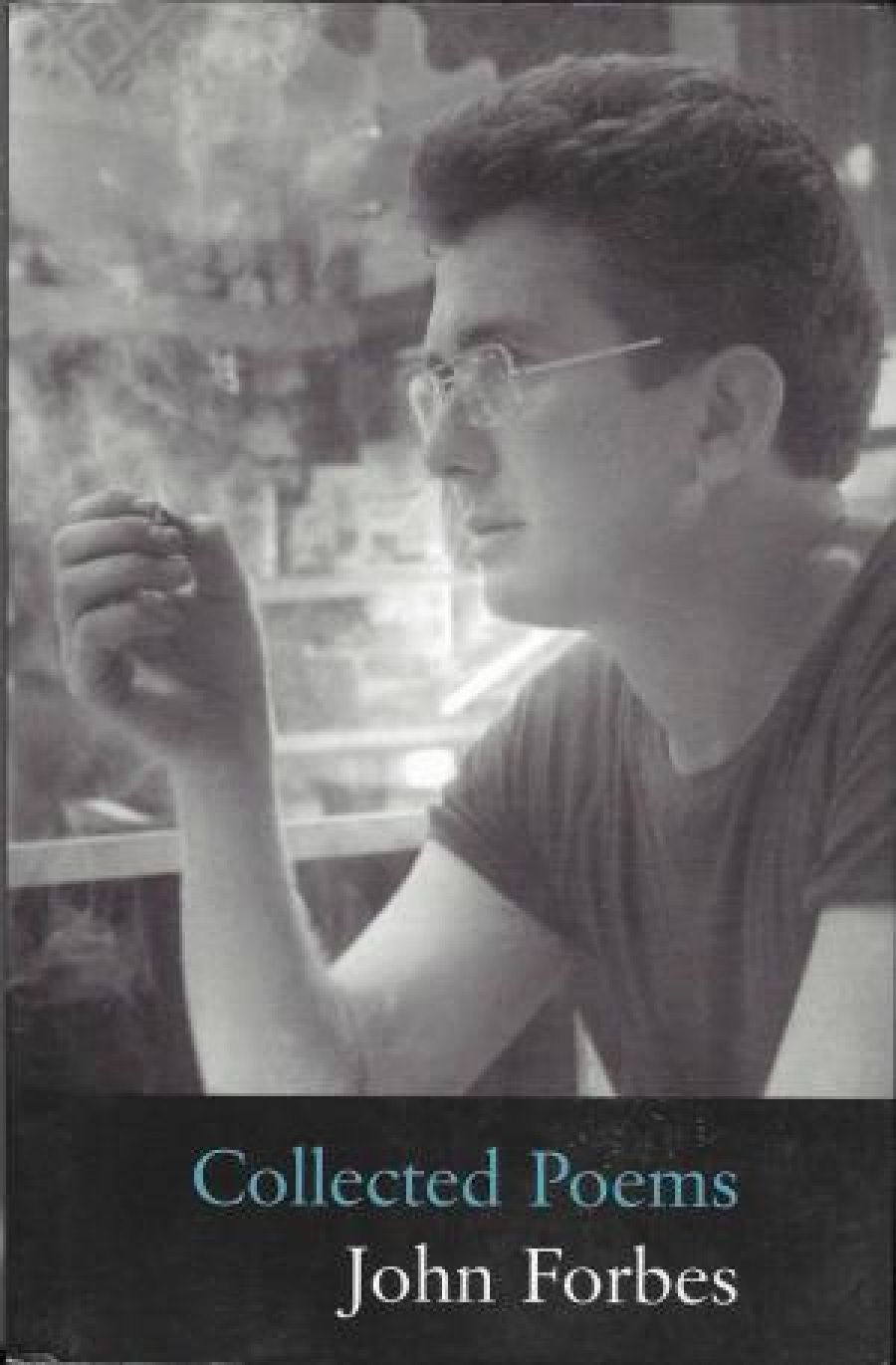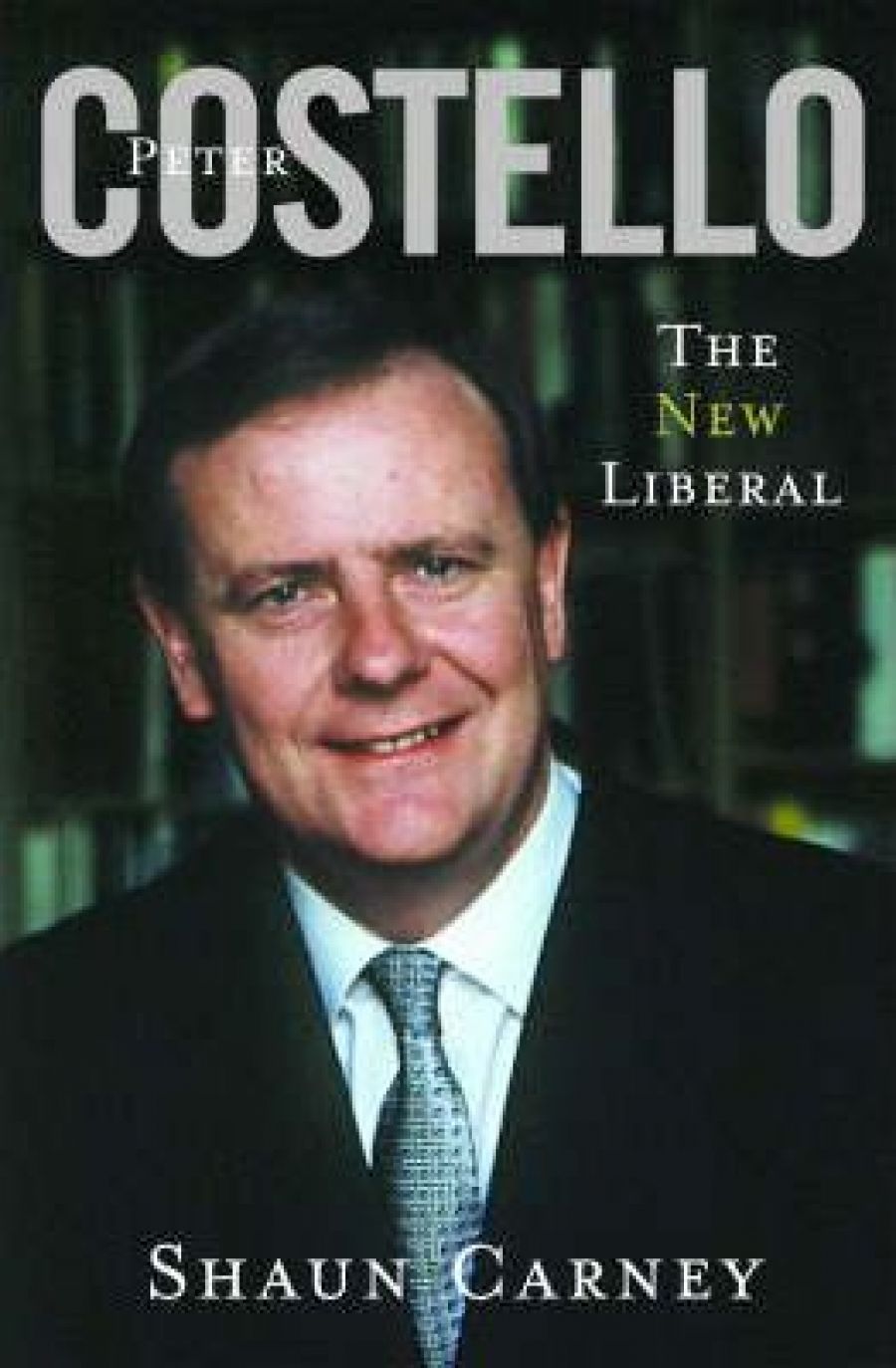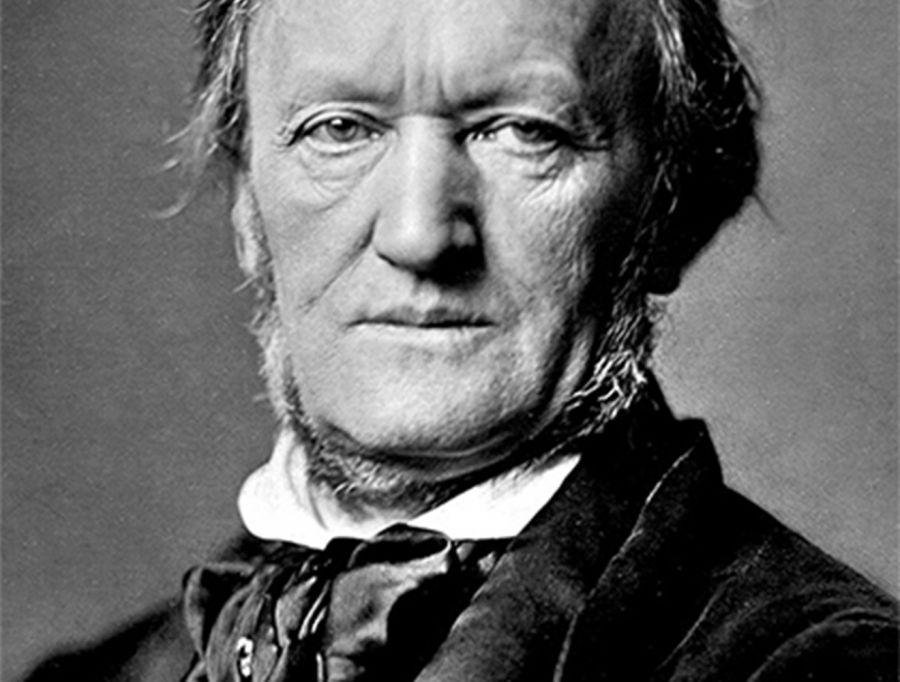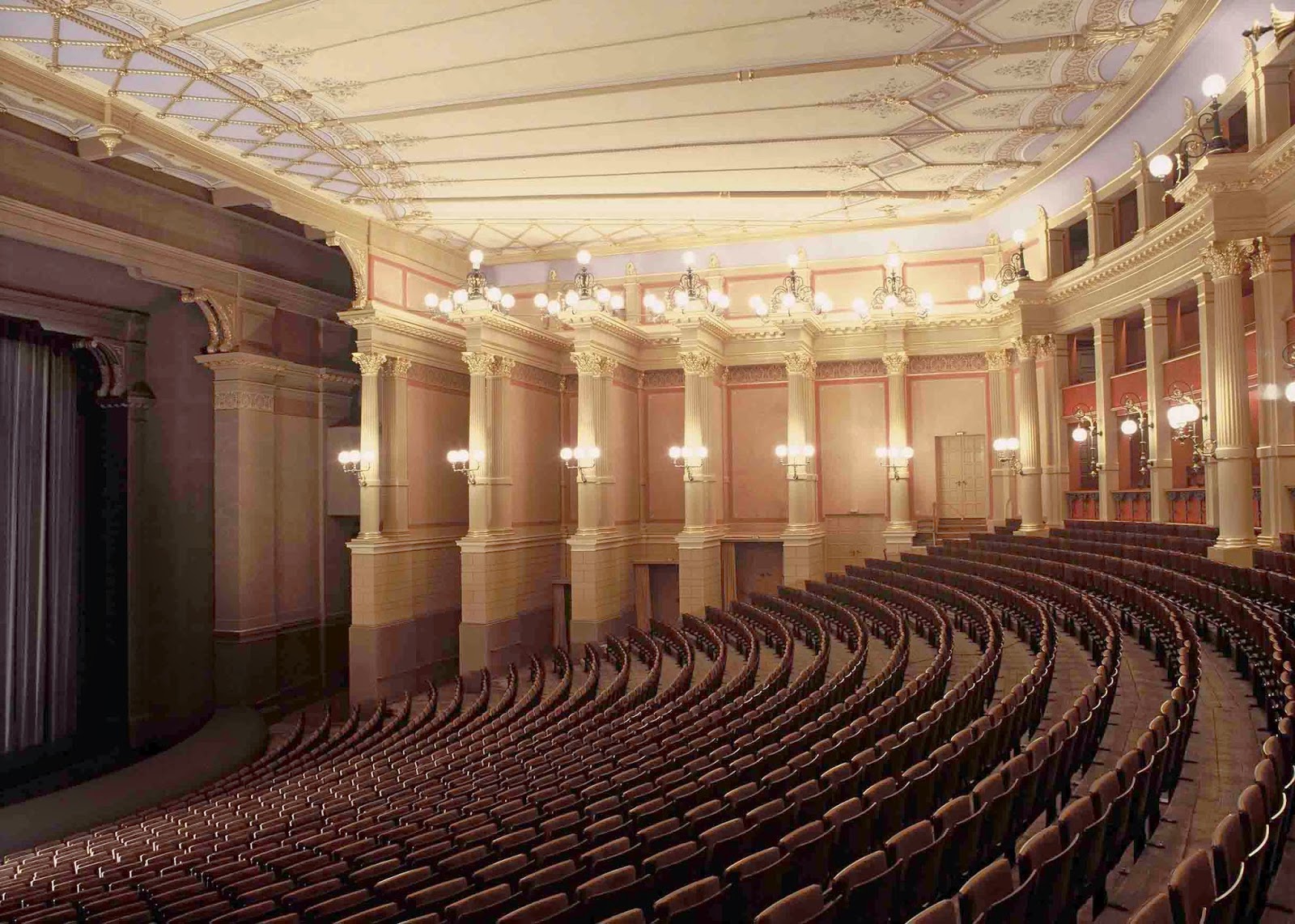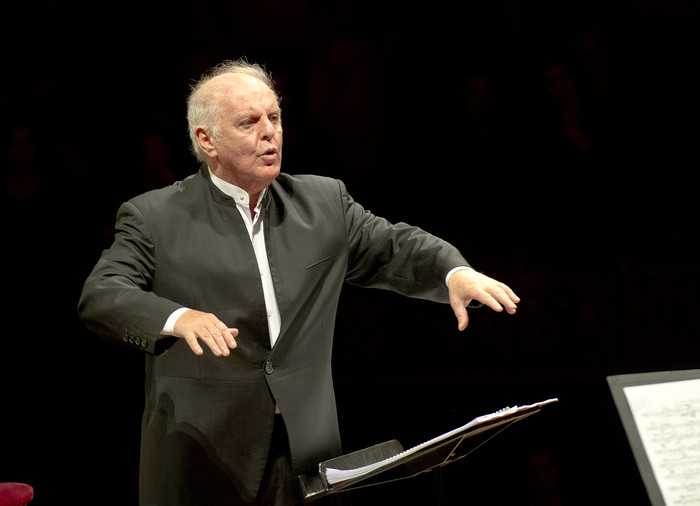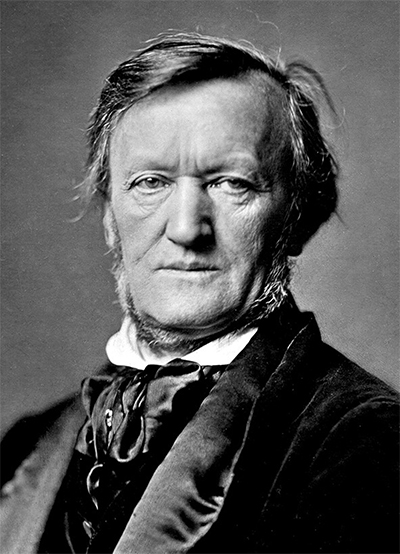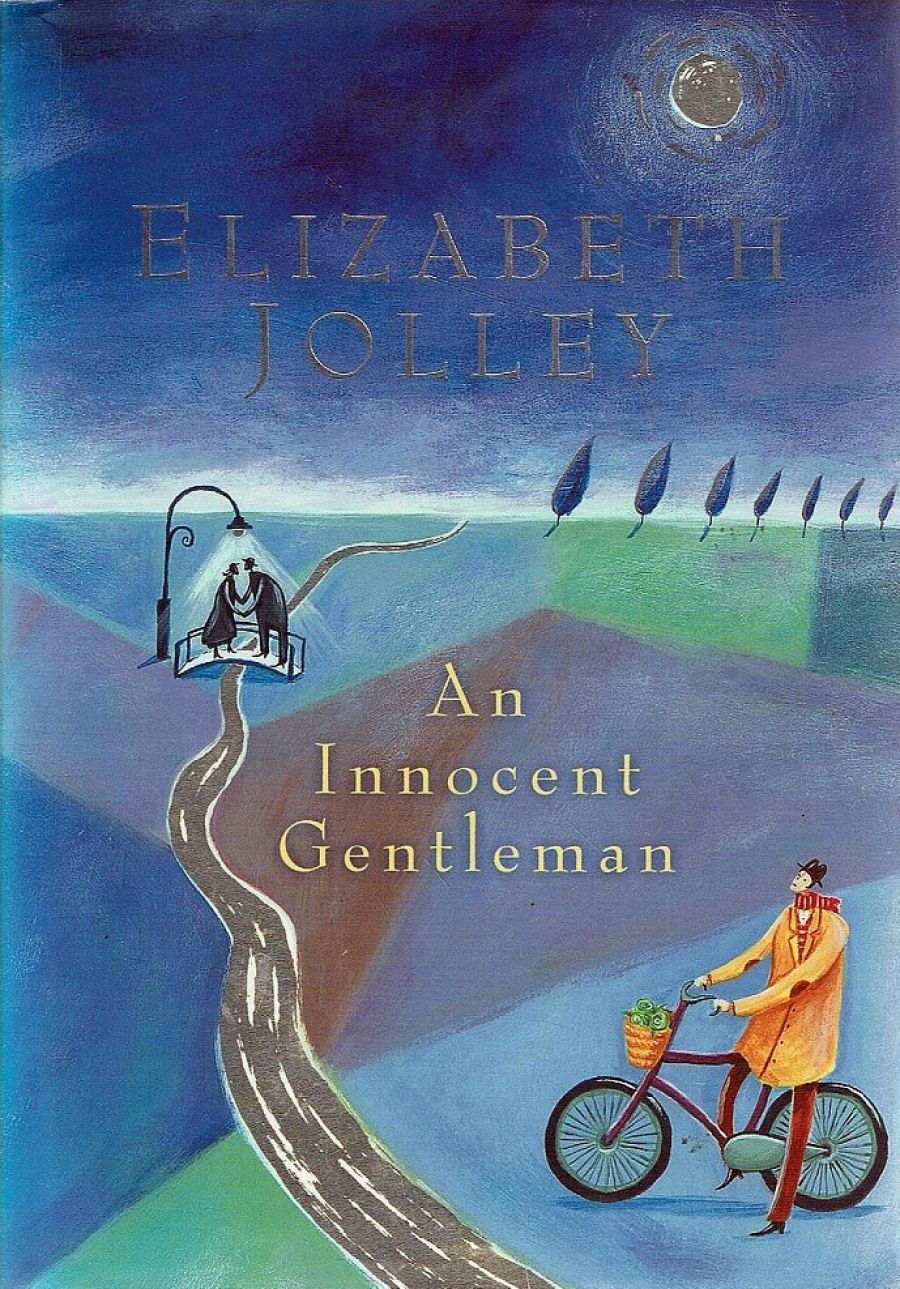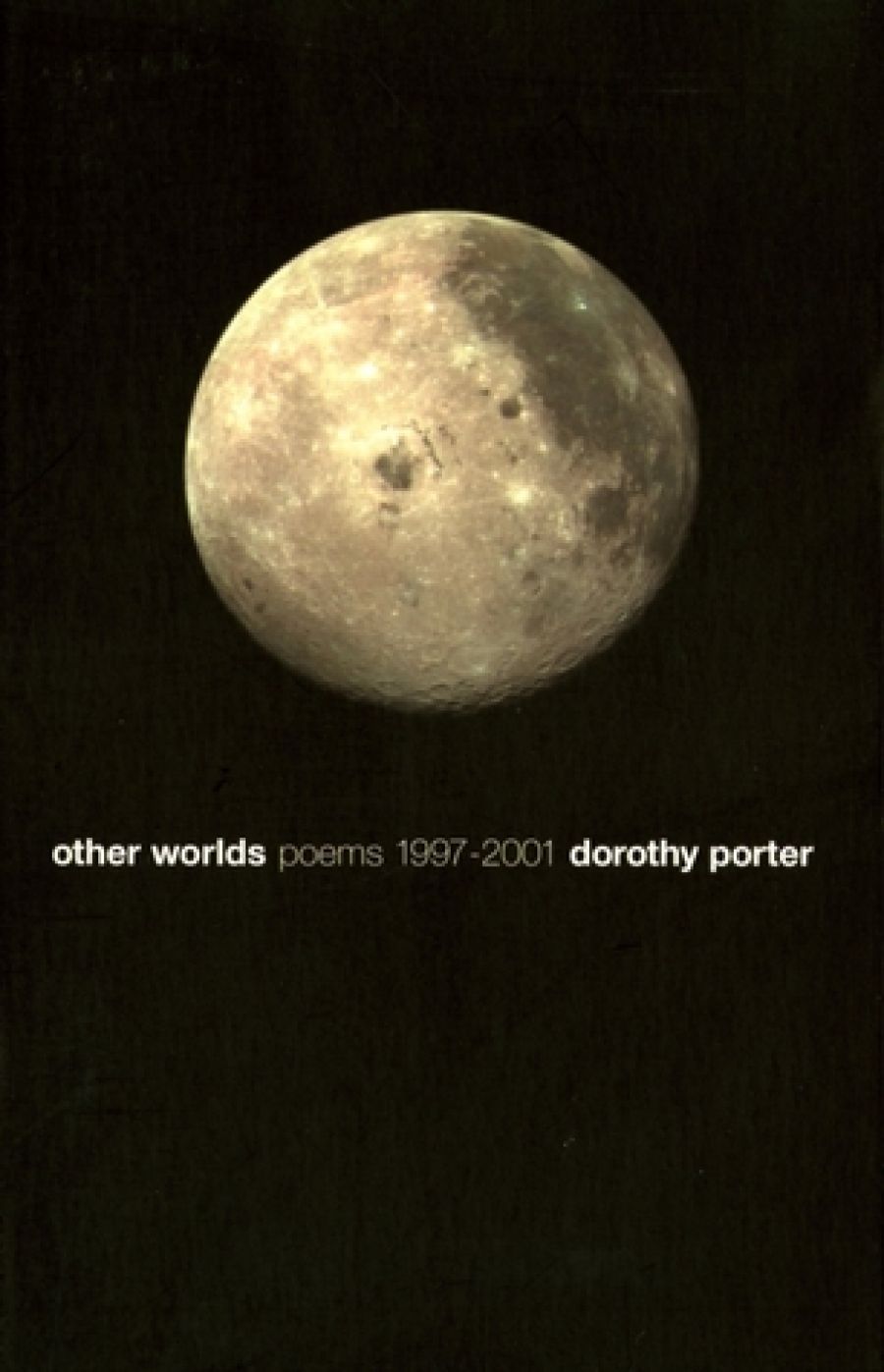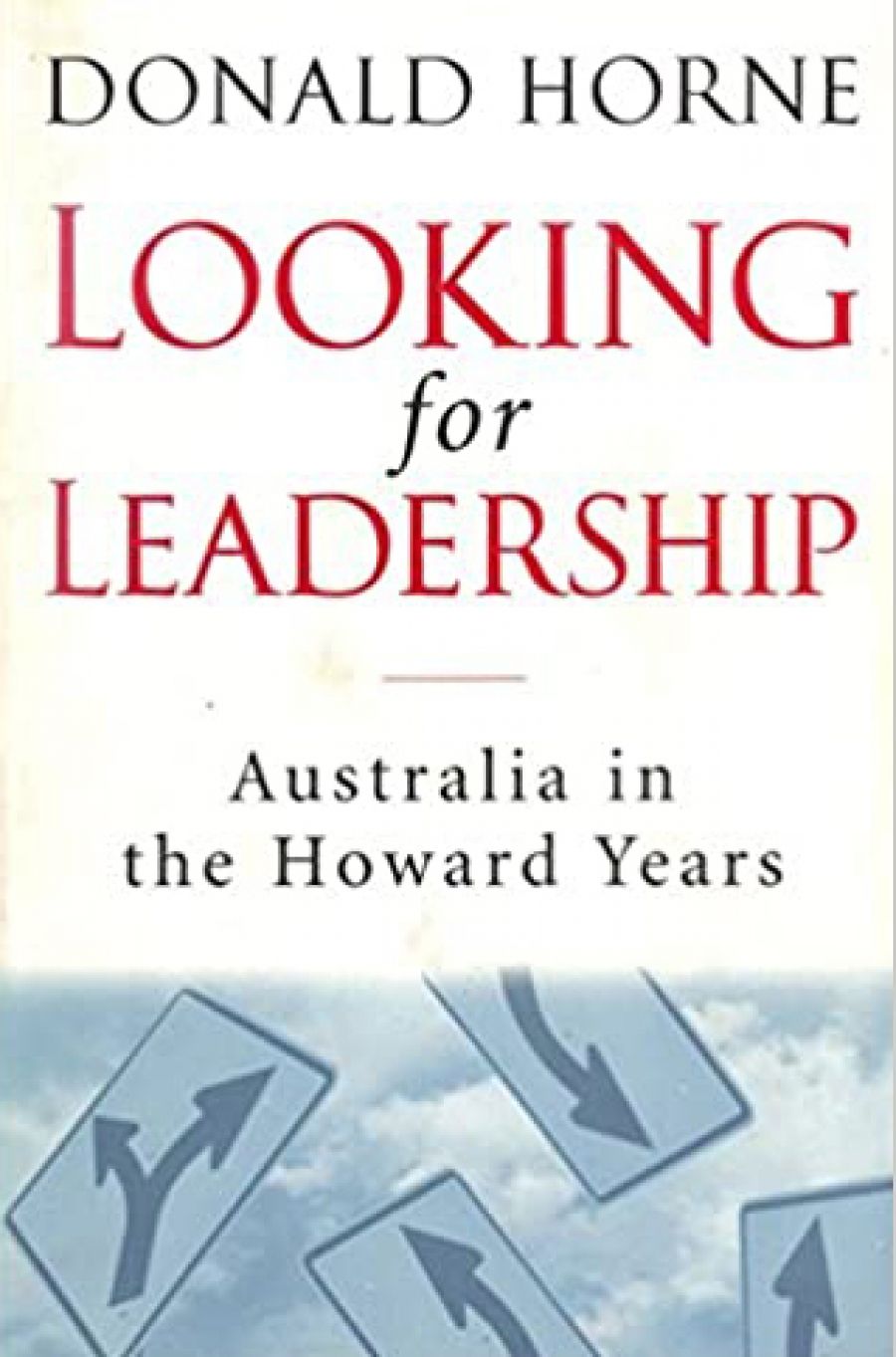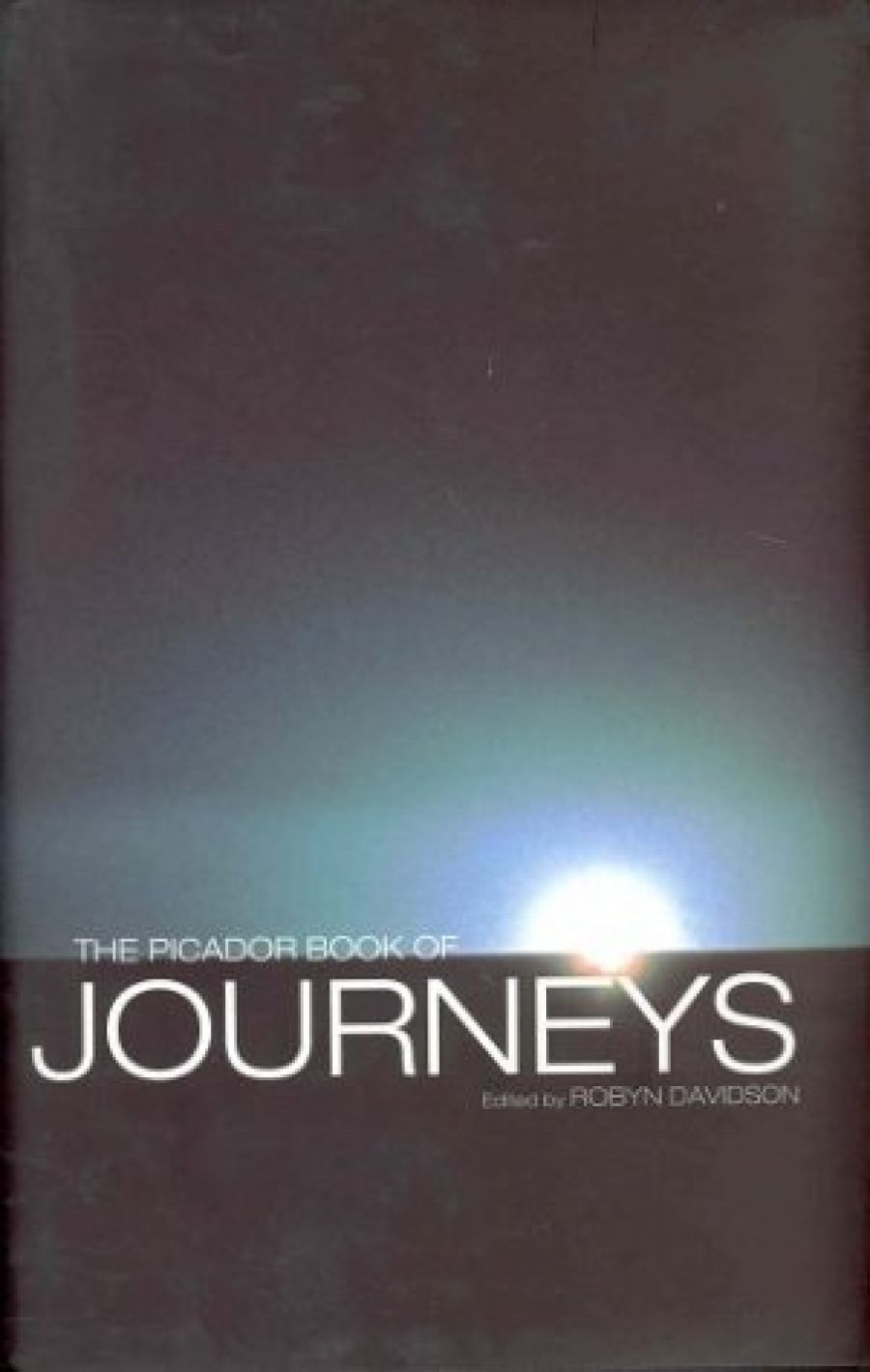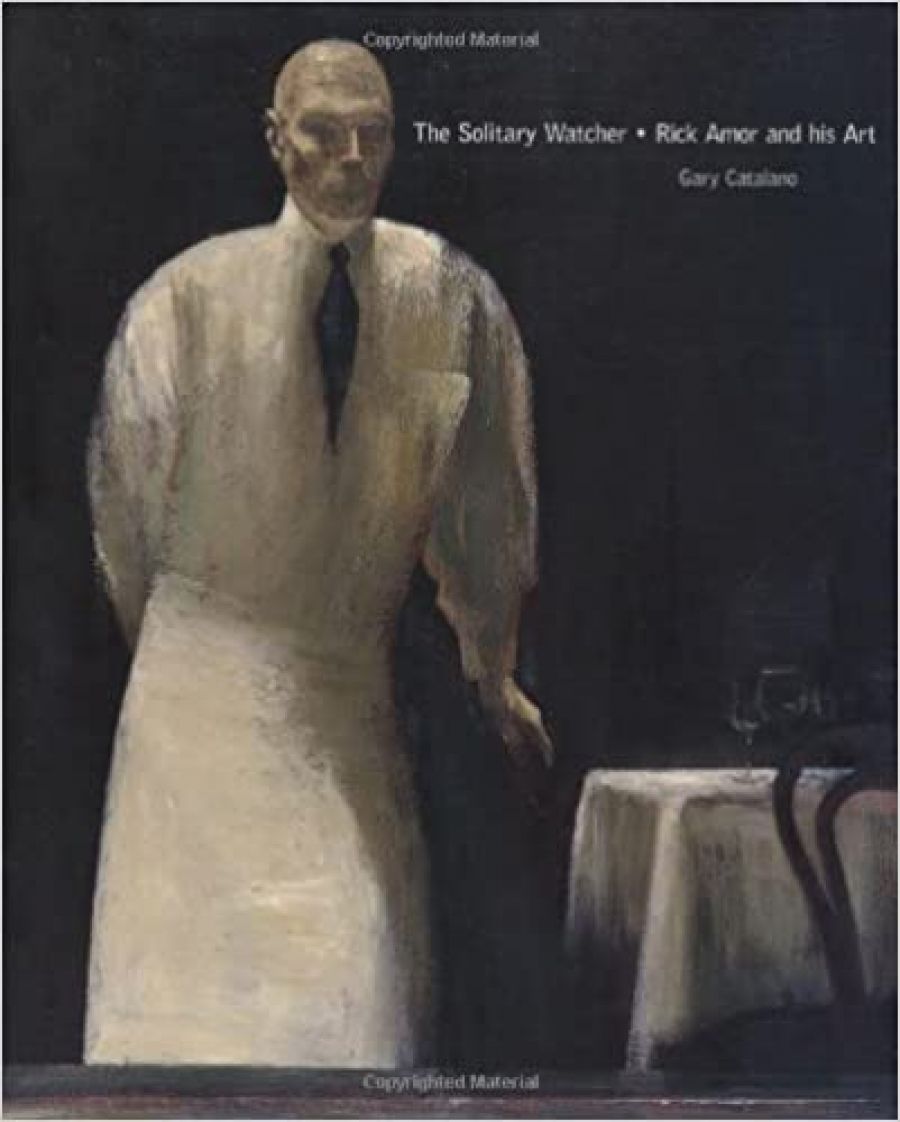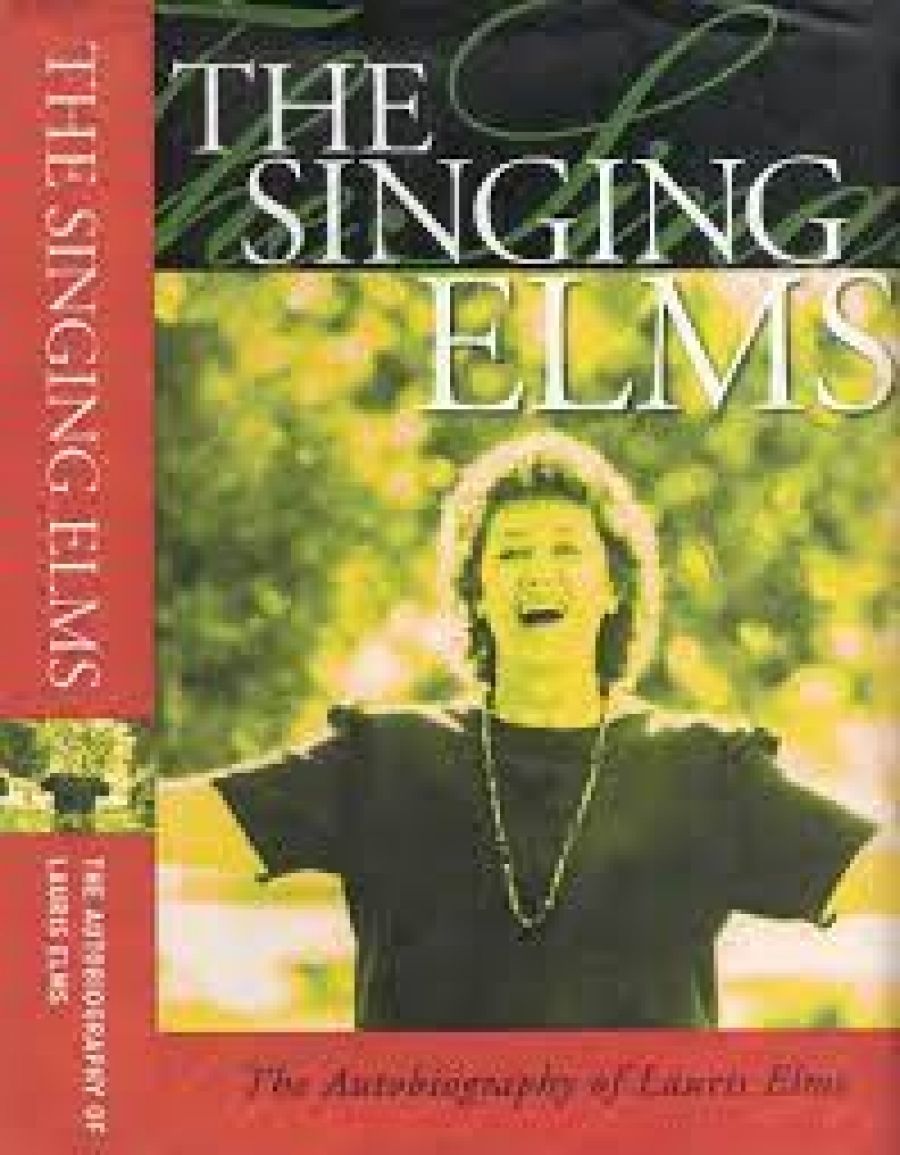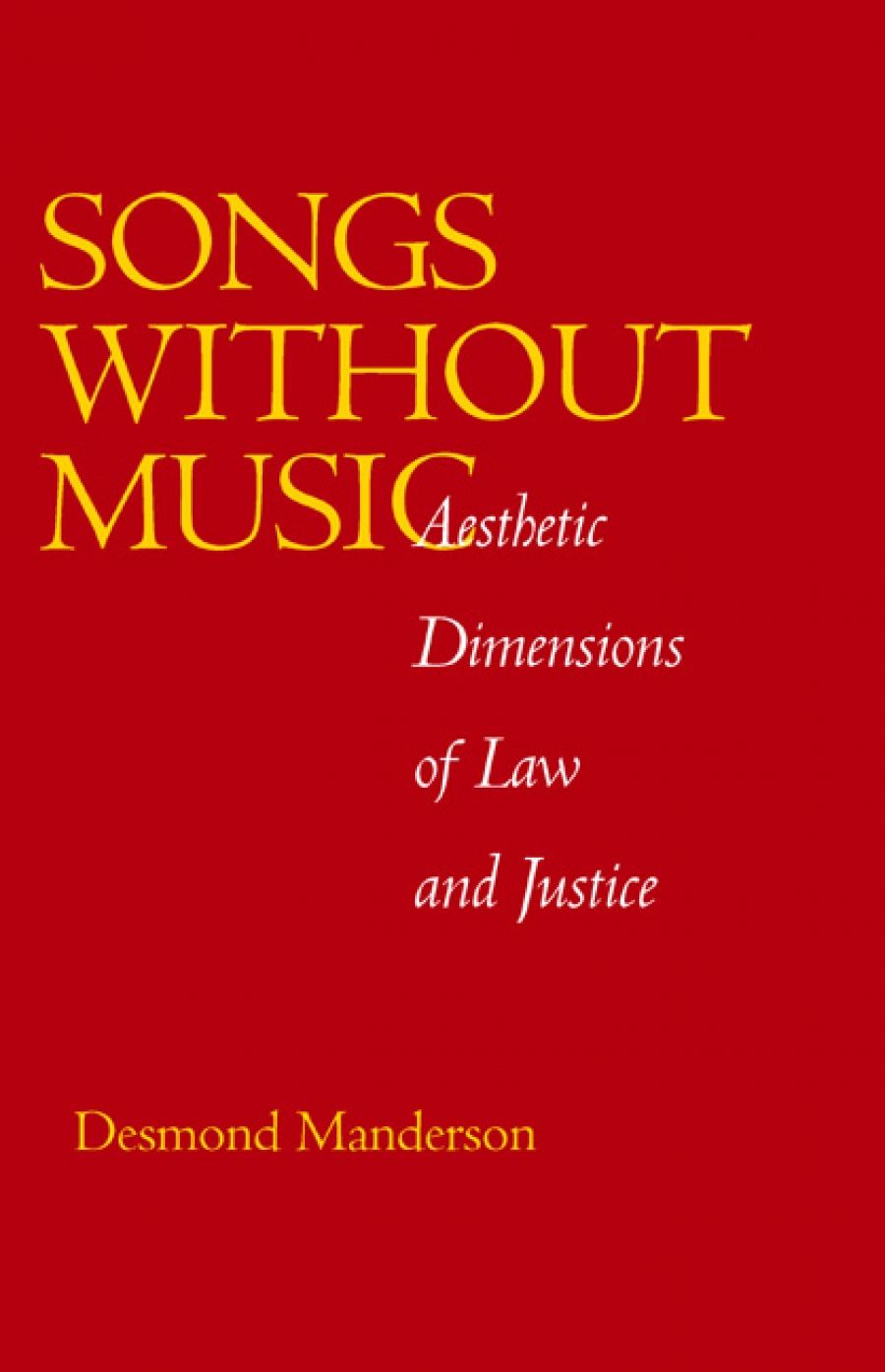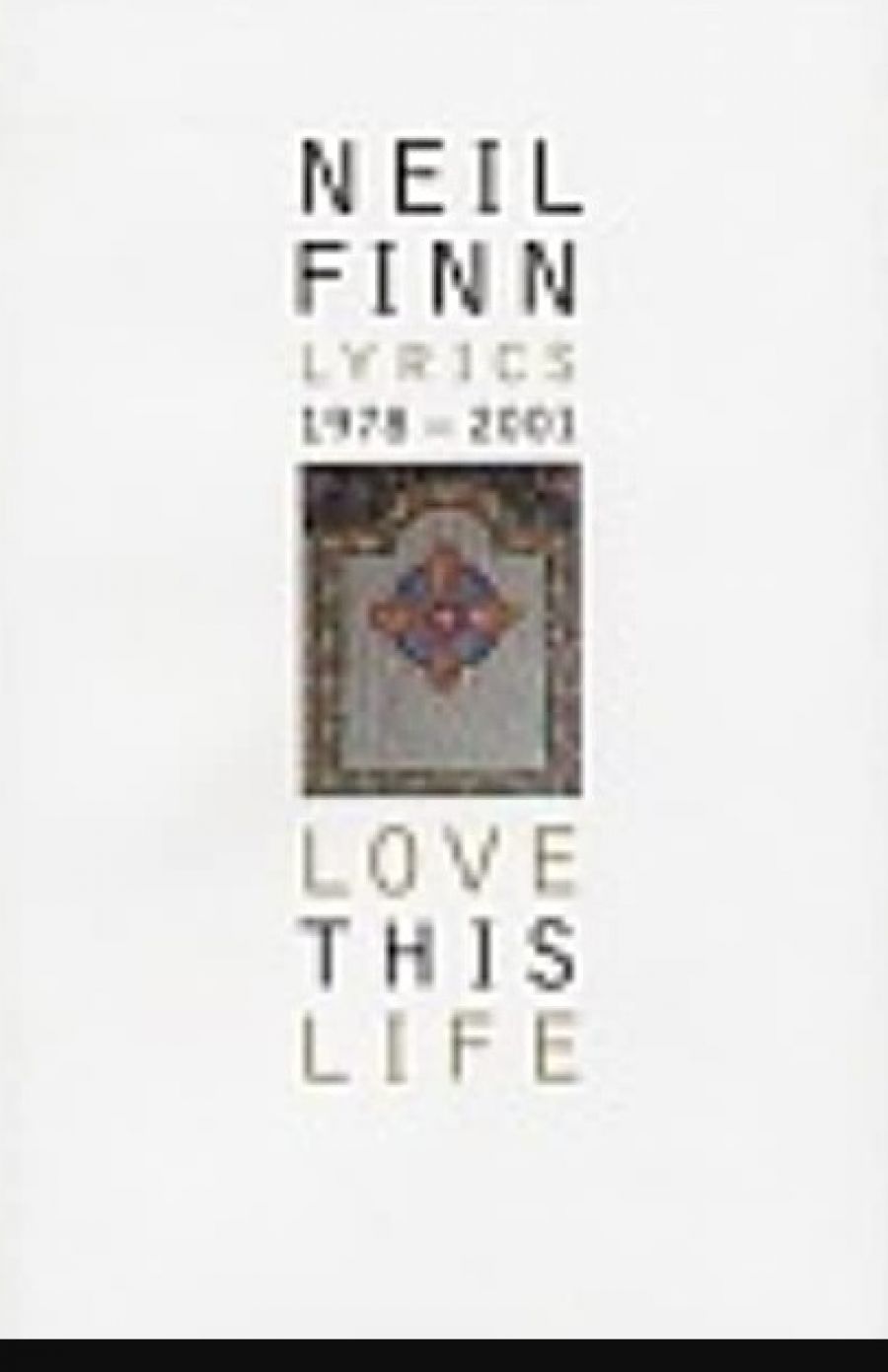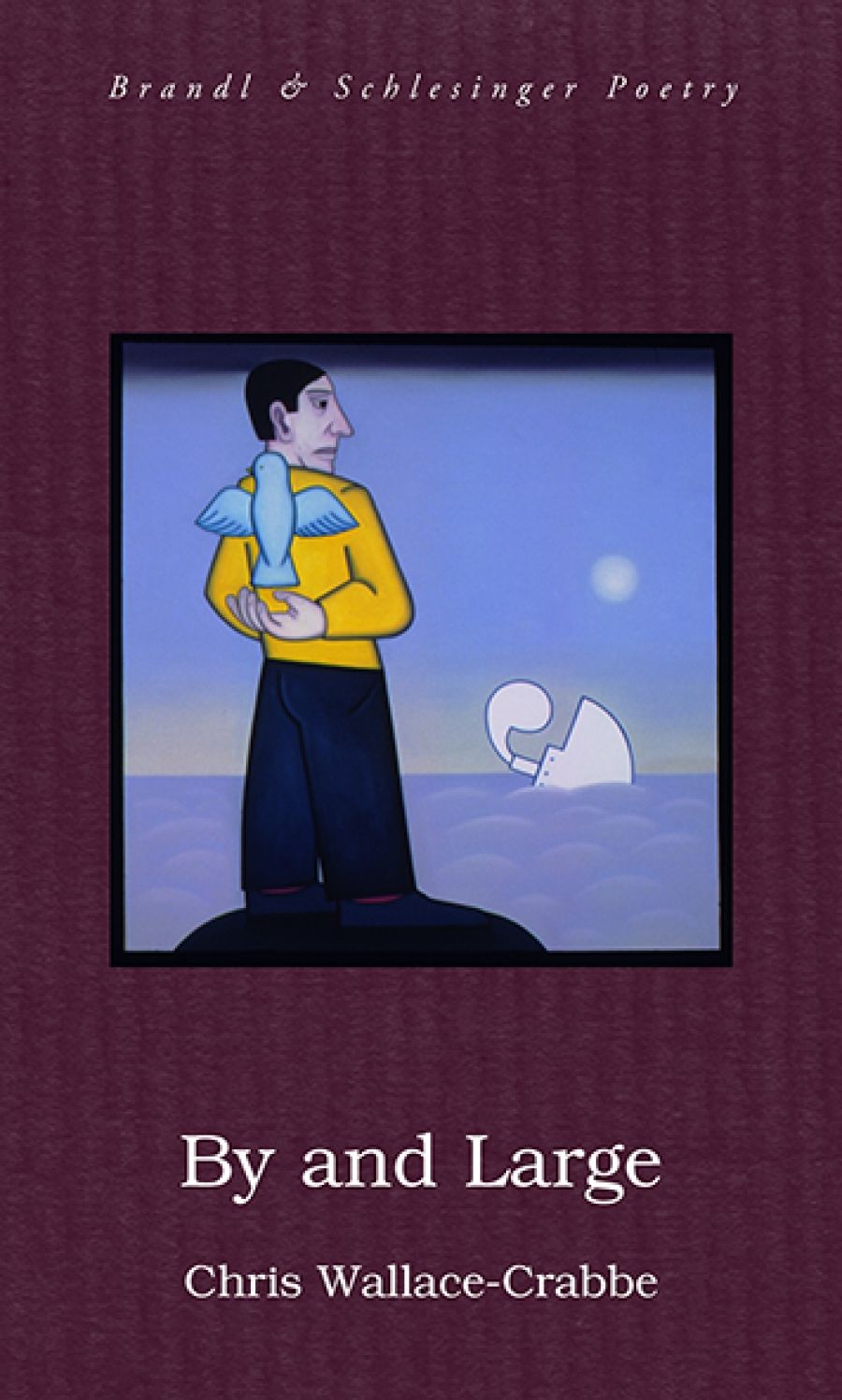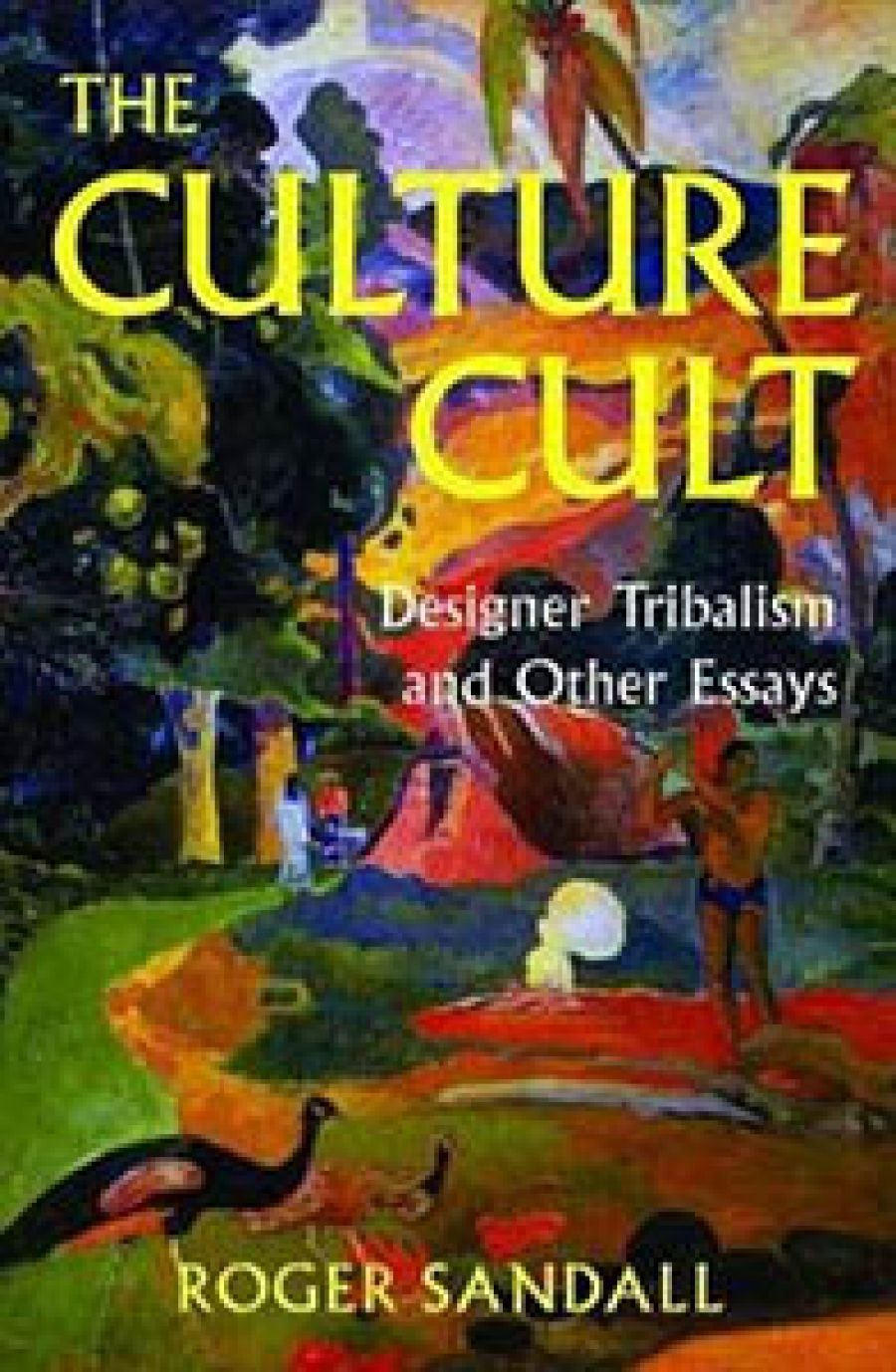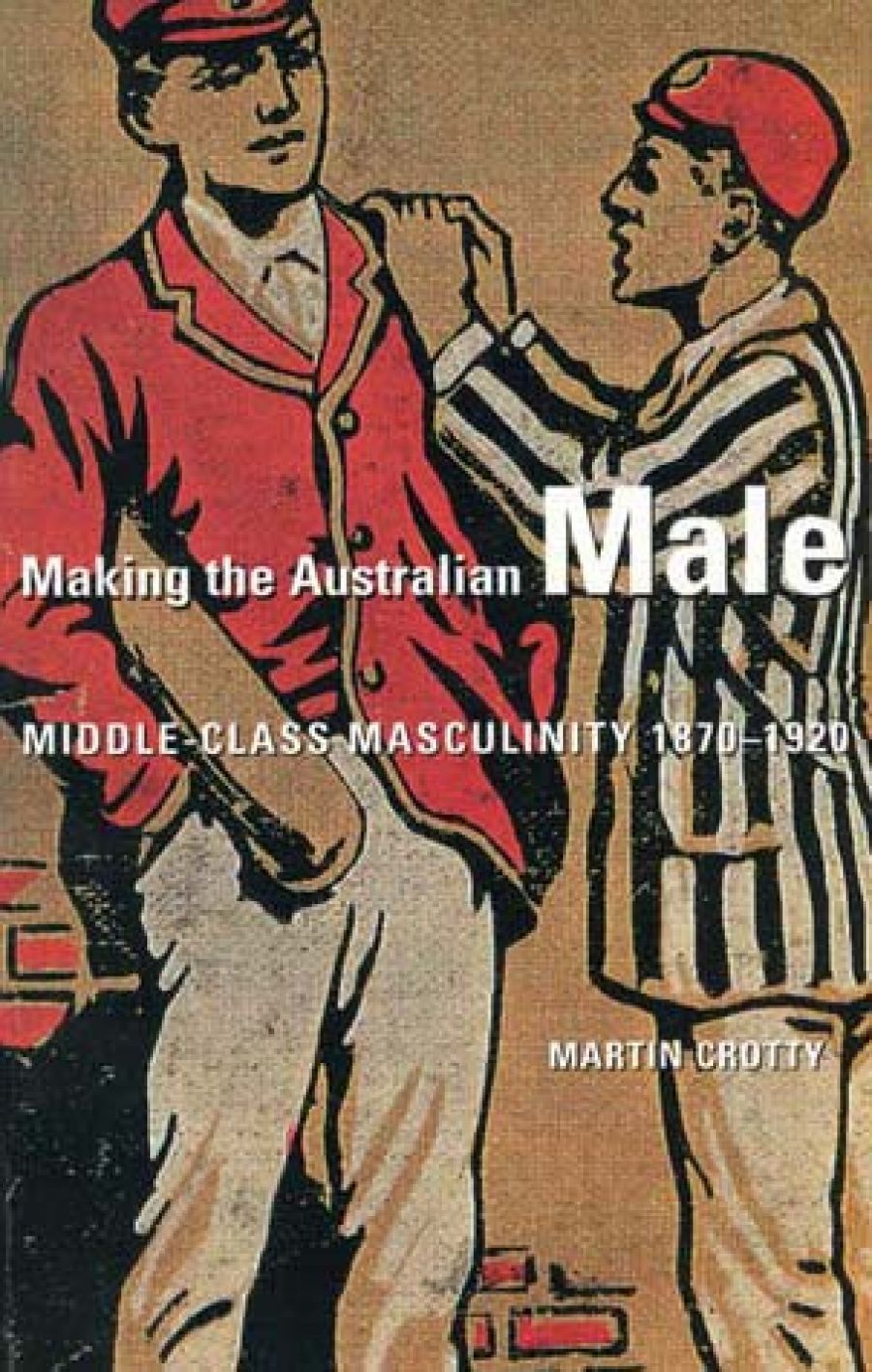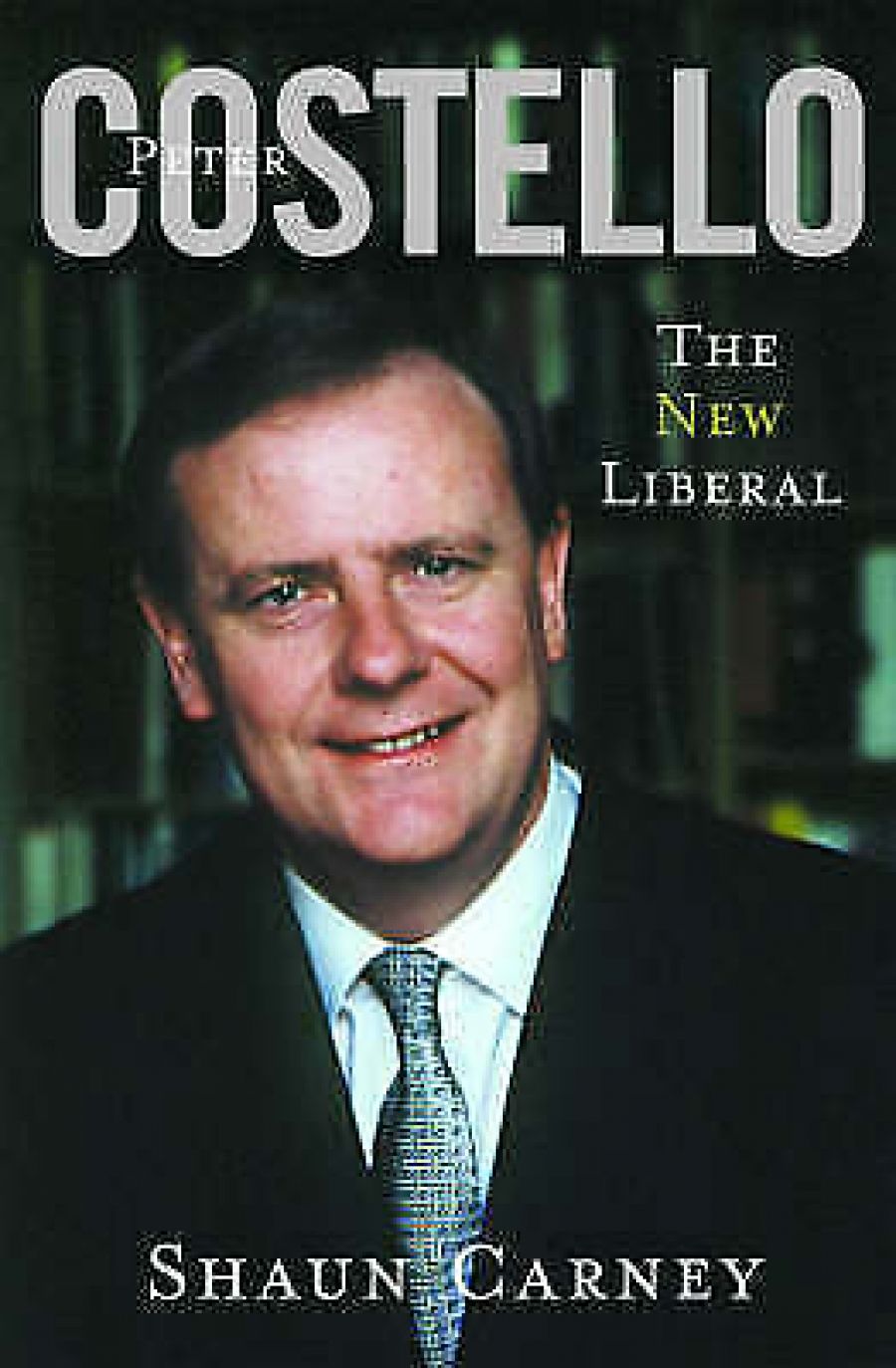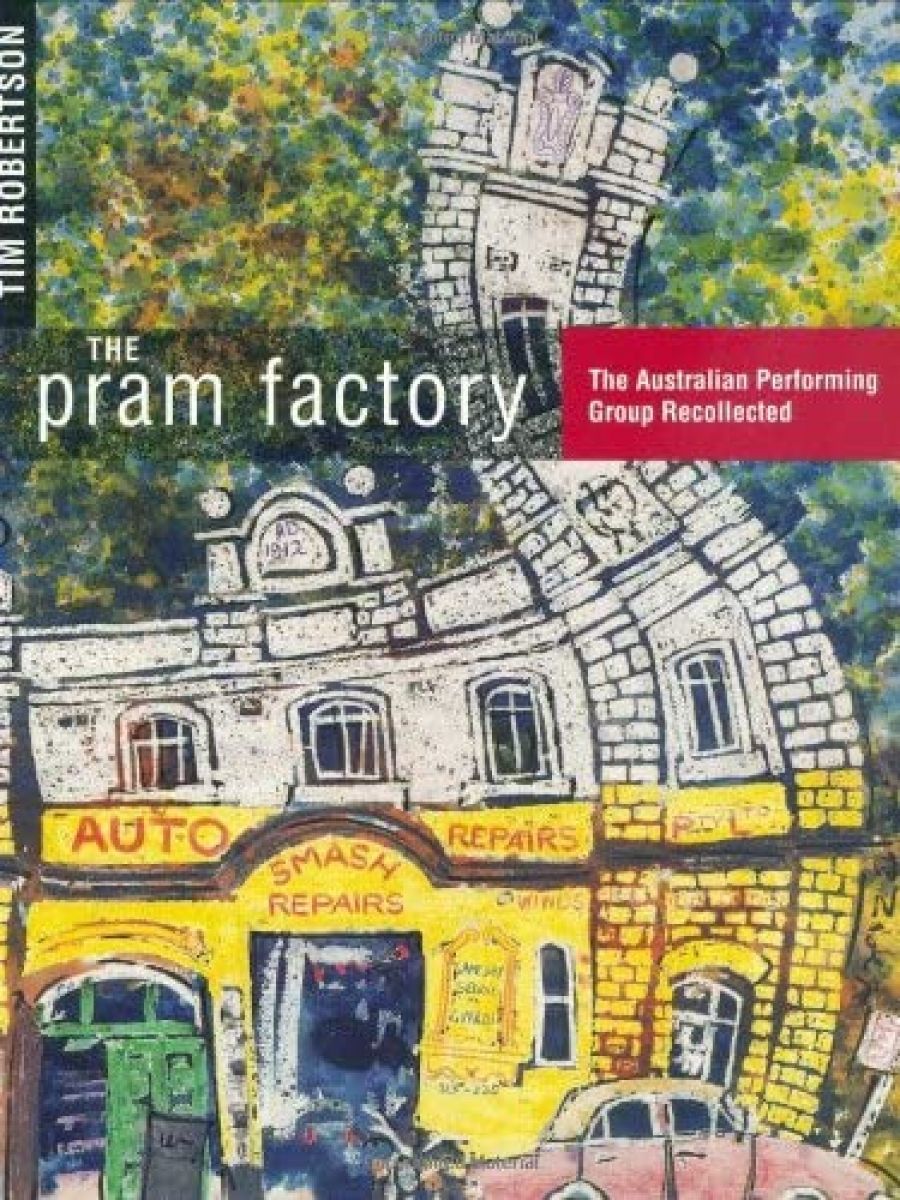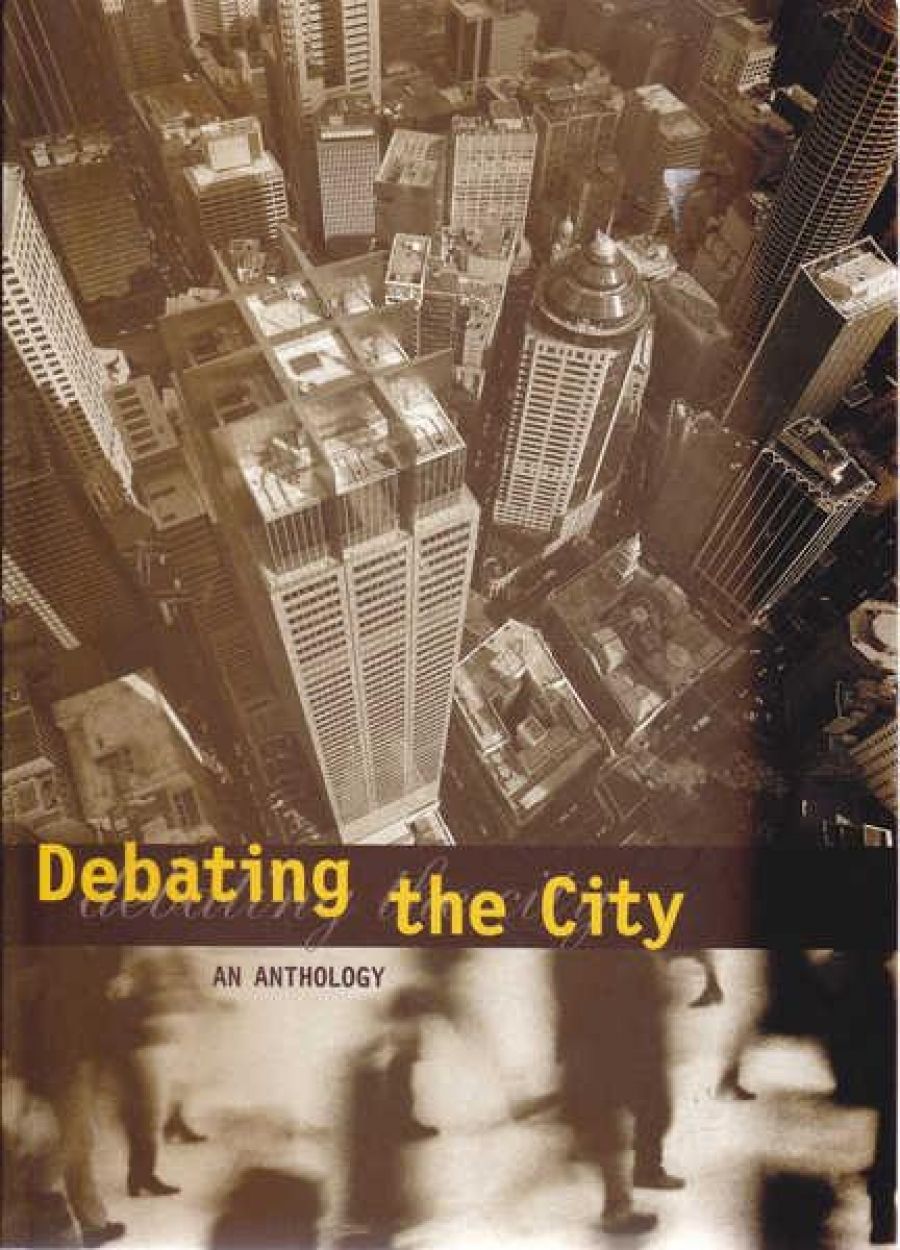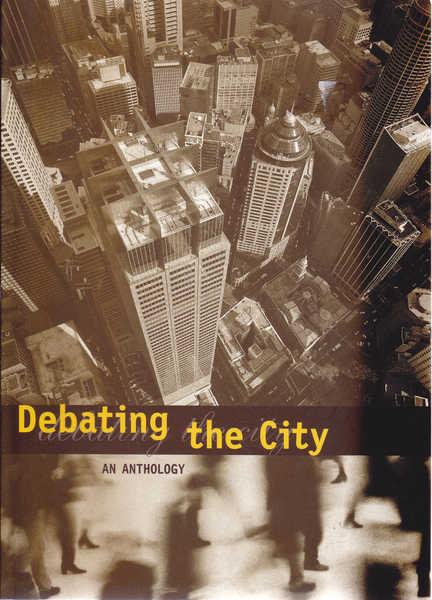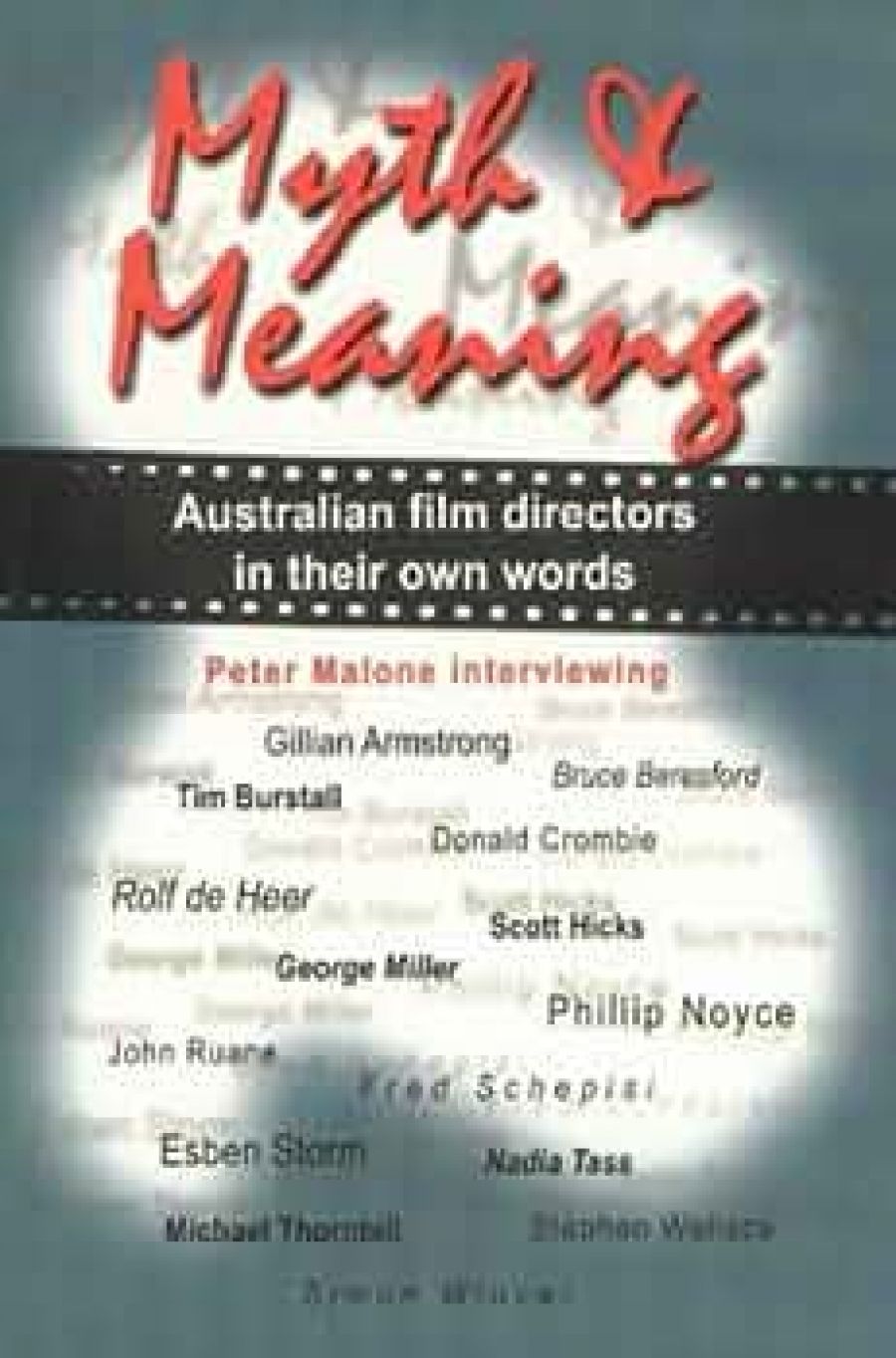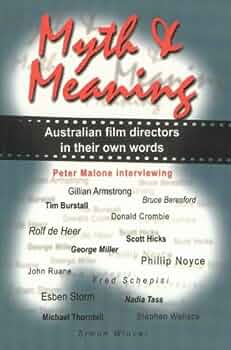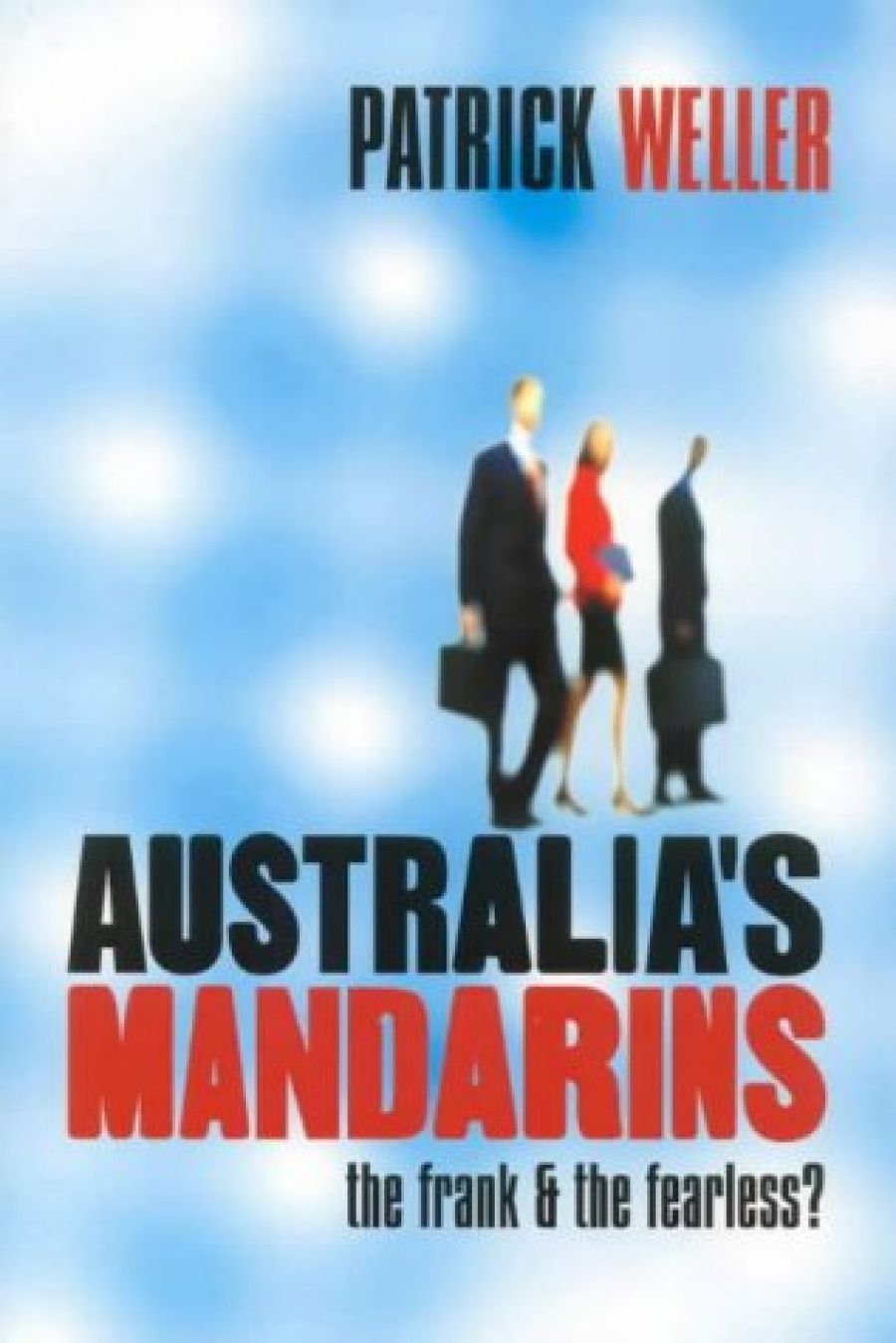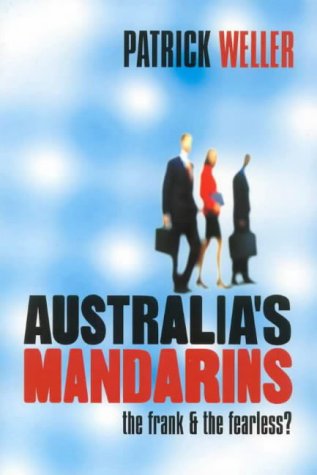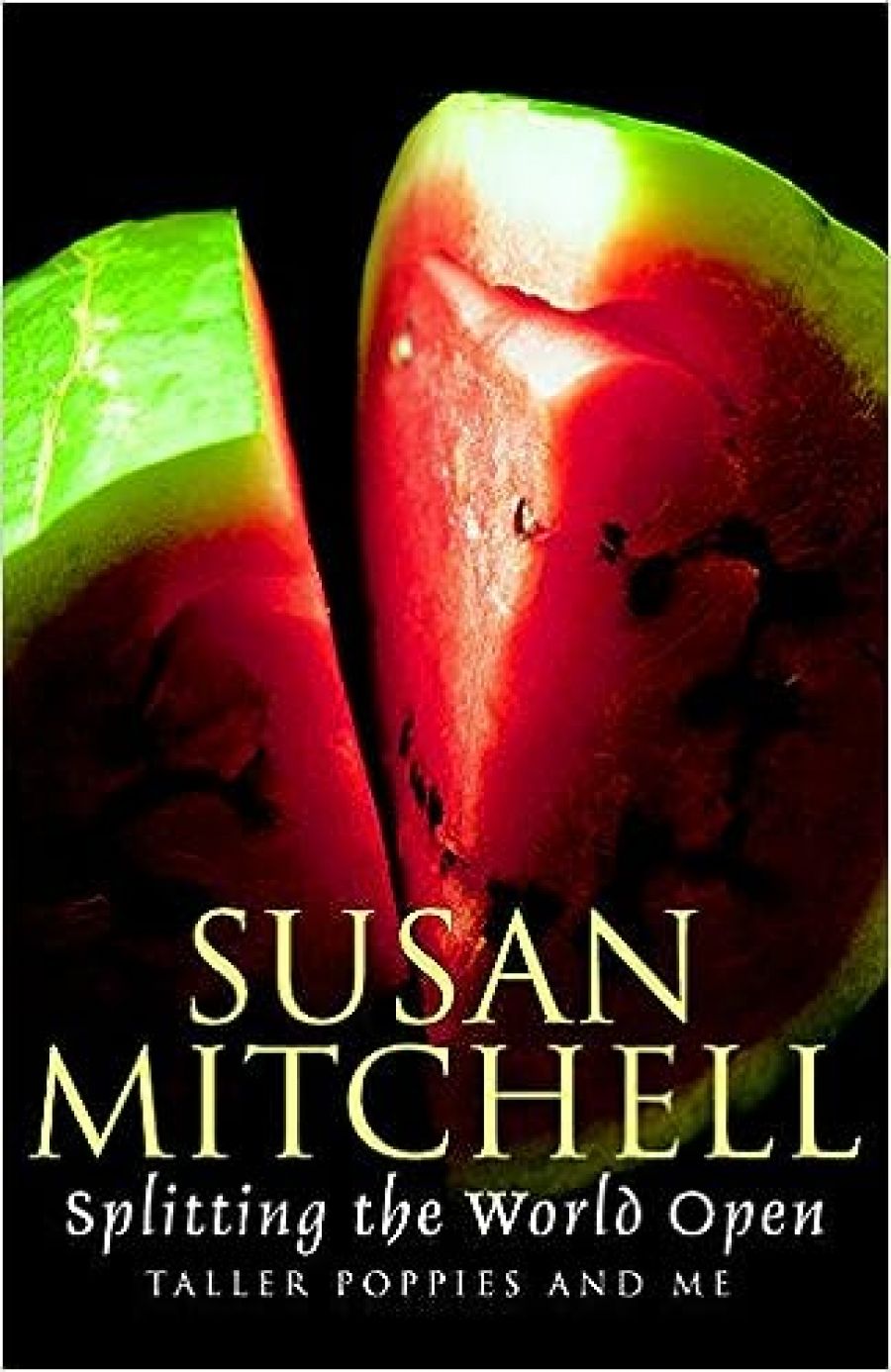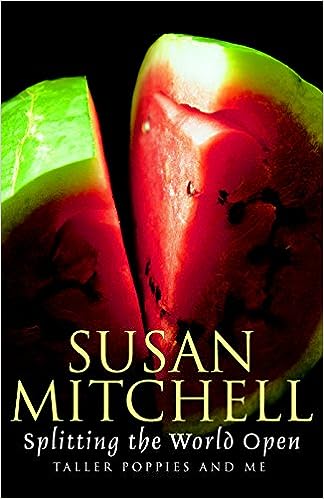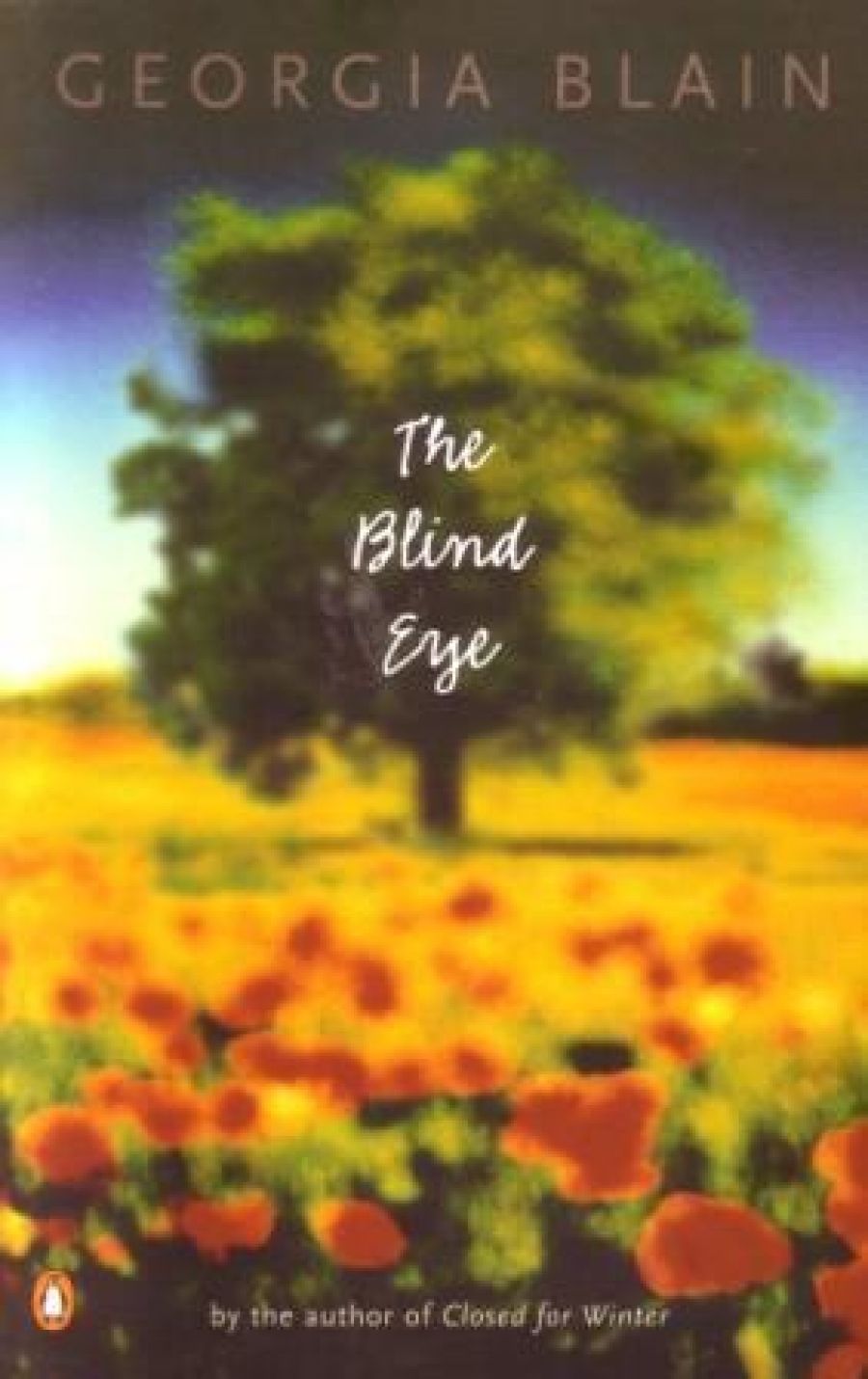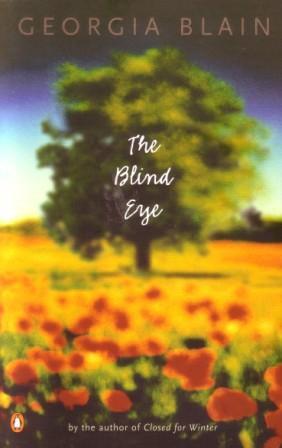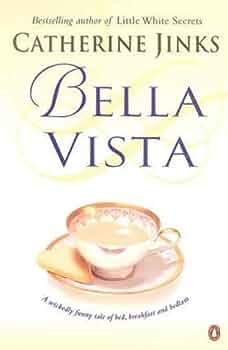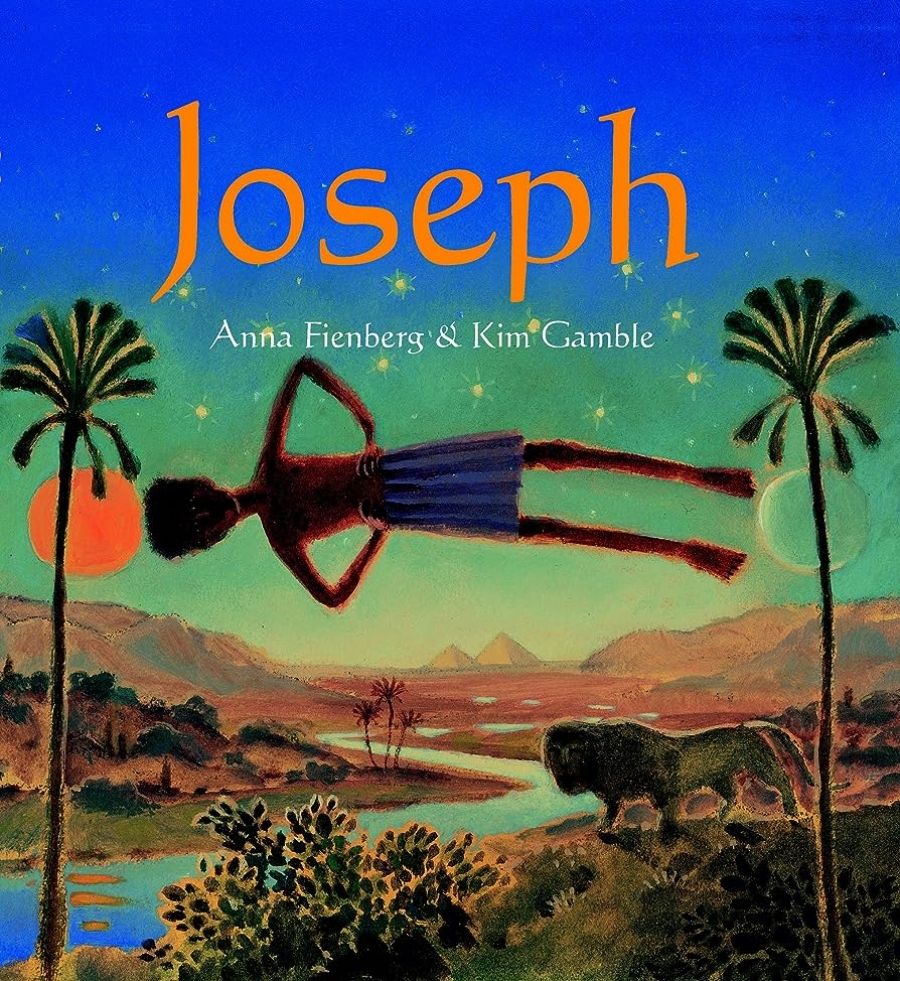In James Joyce’s Ulysses, Shakespeare is referred to as the happy hunting ground of all minds which have lost their balance. He is also referred to by Buck Mulligan, even less reverently, though with a distinct nationalist tilt, as ‘Shakespeare. I seem to recall the name. Ah, to be sure, the fellow who writes like Synge.’ Well, there probably are analogies between the greatest of all dramatists, who could also, as Donald Davie pointed out, use any word in the language he chose (and hence manipulated an extended diction), and the chap who set the Abbey Theatre stage on fire with the dynamic stylisation of Irish peasant speech in The Playboy of the Western World. Just as there are analogies between the poet who could write King Lear and the lonely Jesuit who wrote, ‘O the mind, mind has mountains: cliffs of fall / Frightful, sheer no-man-fathomed: / Hold them cheap may who ne’er hung there’, and all those tragic sonnets. Not to mention the fellow who posed in front of the bookshop sign in Paris.
I am not sure why the Irish should be invoked at this point apart from their odd domination of modern literature and hence of whatever corner of the Imaginary Museum it is from which we see Shakespeare. Arguably, the Irish have an inwardness with and distance from the Englishness of Shakespeare that is analogous to our own as Australians. Shakespeare in Australia is the topic I have been assigned, and there are moments when it can seem as absurd as Norway and the Pineapple. Of course, it is symptomatic because we Australians use the nation as a frame for any reality we can construe, almost as if we doubted our bearings, as if we doubted any place on the map that we could call our own in the eyes of the world.
It was another Irishman, W.B. Yeats, who said (in a phrase that haunted my youth, though I have never known what it means): ‘In the eyes of Shakespeare the world must have seemed as empty as it seems in the eyes of God.’ Perhaps Yeats meant that the world to Shakespeare was a blank piece of paper on which he could sketch imaginative possibilities which made the world he beheld and experienced paltry by comparison. Who knows? Thirty years ago, it was tempting to take Yeats’s statement and use it as a candle by which to read Macbeth’s great ‘Tomorrow and tomorrow and tomorrow’ speech because that speech is a signification of ‘nothing’ which nevertheless moves with such a power of music that the spectator is not depressed by the nihilism it articulates. Perhaps it brings us close to what Germaine Greer meant when she said that Macbeth is a man who tries to kill his soul but cannot succeed. And maybe Yeats encourages intimations of some spirituality immanent in such moments in Shakespeare, whether the enchantment of illusion or the truth of higher dream we must judge for ourselves. Such things can seem as implicit in Macbeth’s desolation as they do in Prospero’s ‘We are such stuff as dreams are made on’ and all the last plays’ concern with awakening faith, fathers and daughters and the tragedy of Lear reversed.
Yeats used also to say, when he was less intent on sounding the depths of the Bard as God, that, to an Irishman, England was faeryland. To an Australian, everywhere is, everywhere but here. The first thought ‘Shakespeare in Australia’ is likely to stir in us is something a bit like the words in the Neil Young song, ‘Everybody knows this is nowhere.’
Nowhere very relevant to Shakespeare, though, not (when it all comes down to it) vice versa. I think it’s probably true that I first became aware of Shakespeare, as a child and young adolescent, at a time when Shakespearean acting and production was at some kind of peak, or just after it, and when the criticism of Shakespeare’s plays was, if not at quite this zenith, at least capable of making the reader (in Johnson’s phrase, though Johnson thought it unlikely) ‘more useful, happier and wiser’.
Let’s take the latter first, because it can seem more ephemeral. When I was seventeen and in the last year of high school, I read Morris Weitz’s Hamlet and the Philosophy of Literary Criticism, not a world-shattering book but one of those works of literary theory that have vanished from the face of the earth to be replaced by their gorgon-like namesakes. As I recall, Professor Weitz, a Wittgensteinian, was attempting to make sense of literary criticism by making sense of the language that critics had used about the play. I remember he was very unfair to that most imaginative of Shakespeareans, old Wilson Knight, who sees Hamlet as the ambassador of death and a figure of preternatural morbidity, impelling everyone around him into the graveyard of his own consciousness, that rank, unweeded garden, indeed, but also into the literal one of dying: the Queen and Claudius and Ophelia and Laertes and Polonius and Rosencrantz and Guildenstern. All ‘go to it’. What’s Joyce’s phrase? – ‘Stagnant and sumptuous exaggeration of murder’.
But if Wilson Knight represented an extremity of creative criticism that a taxonomic surveyor of theoretical bent thought unsound (A.L. French, that redoubtable Leavisite who taught first at Sydney and then at La Trobe, used to say to his students that his experience of Wilson Knight was the opposite of his experience with Scotch whisky: it didn’t improve with age), there was certainly a wilderness of mirrors in the criticism of Hamlet, as in most of Shakespeare’s plays, to delight and instruct young souls. I remember ploughing with delight through the thickets of historical jungle in John Dover Wilson’s What Happens in Hamlet and the very different accounts of the play in Derek Traversi and L.C. Knights. The latter had launched the attack on the character-oriented criticism of A.C. Bradley, the author of Shakespearean Tragedy, with his essay about how many children Lady Macbeth had, but it was hard not to like Knights, one of the only critics who took a dim view of Hamlet’s ghost.
I would not, as a seventeen-year-old, have read William Empson’s essay on Hamlet, but I recall how, in the essay on King Lear in Structure of Complex Words, he says that he had forgotten how supple and inclusive and persuasive Bradley’s account of the play was. My own enthusiasm back then was divided between shimmering pieces of eloquence such as C.S. Lewis’s ‘The Prince or the Poem’ lecture (he opts for the poem but succeeds in invoking the Prince anyway, with the riches of the earth falling from his hands) and even more so for the kind of American criticism represented by Maynard Mack’s ‘Jacobean Shakespeare’ essay, or Harry Levin’s The Question of Hamlet, a book that I adored as the last word in sophistication, a full-length study of the play in the grand scholarly critical postwar manner by the Harvard professor who had edited The Essential James Joyce and written The Gates of Horn, a study of the French novel from Stendhal to Proust.
There’s no need to make the highest claims for this criticism – the kind of criticism a secondary school student in the 1960s might read before going to university – to think, however uncharitably, that Shakespeare criticism has fallen into the hands of knaves and fools.
The more or less useful new Cambridge Companion to Shakespeare, edited by Margaret de Grazia and Stanley Wells, has a chapter on Shakespeare criticism in the twentieth century by R.S. White of the University of Western Australia, in which the kind of criticism alluded to here is placed in the context of ‘materialist’ Shakespeare, ‘feminism and gender studies’ and ‘intertextuality’. The tone, not the argument, can be indicated from random quotation:
As the women’s movement (or more properly movements) has over the last thirty years addressed new issues, so these changes are reflected in Shakespeare studies. One direction was an assault on Shakespeare’s plays as repositories of male, heterosexual attitudes which have harmed subsequent generations of women and gay men ... The focus is no longer on Shakespeare as one writer among a multitude of others, all building upon a host of earlier writers, in something like a conversation across centuries. On this view any work is a patchwork quilt of echoes importing other contexts, but like any good quilt something new is made in the creative assembling.
White is at pains to emphasise continuities between the modernist (Empson presumably) and the postmodern (Stephen Greenblatt and his New Historicism), but, even allowing for the fact that he is surveying a field and, by necessity, being inclusive, it is hard to recognise the vitality of the best modern Shakespeare criticism from his account and all too easy to see the kind of thing Shakespeare criticism has been pressured by. White is an accommodator with a summarising brief, and it’s not his fault that his chapter in the Cambridge Companion hardly compares well with that by Anne Barton (the woman who wrote Shakespeare and the Idea of the Play), who has an expert and urbane chapter on Shakespeare and London, ‘City and Court’.
Companions tend to a certain blandness, not least when they attempt to cover a field through the uncoordinated activity of divers academic hands. This one is more useful when sifting factual matters, however hypothetically: E.A. Honigmann on Shakespeare’s life, Leonard Barkan on what sort of classical education he had. Honigmann speculates about Shakespeare’s father being a recusant and the theory that Shakespeare was, at one point, attached to a Catholic household. Barkan says that Shakespeare’s ‘small Latin’ was probably greater than that of present-day honours graduates in Classics.
One of the questions that the rash of Shakespeare criticism books which have landed on my desk raises is what kind of perspective on Shakespeare a student of literature with an interest in the subject is likely to have – in Australia, if you like – when she graduates with an honours major in English from one of our universities.
It also raises the question (in terms of this topic) as to whether the Australian accent is unspeakable when it comes to questions of Shakespeare, so let’s sketch a cartoon of a bygone history. In the late 1960s and early 1970s, Shakespeare was, as you might expect, a mighty force in the land. Those who like to survey that precious burial ground, the history of our English departments, tend to say that, at this period, Shakespeare was a site of contestation for academic power plays. Many heavyweight academic figures made Shakespeare and his contemporaries their field. That would be true of G.A. Wilkes at Sydney University, editing his Jonson and teaching Shakespeare with one hand, and developing the study of Australian literature with the other. And it would be true, very differently, of the man Germaine Greer described as one of the greatest teachers she ever encountered, S.L. Goldberg, who retired from Sydney, went to Melbourne and established a notable ‘Leavisite’ school. There was a range of academic Shakespeareans in Australia. This is the period when Andrew Riemer published his Sydney monograph about Antony and Cleopatra and when David Malouf lectured on Shakespeare and the Jacobeans at Sydney in what the poet John Forbes, a hardened sceptic in these matters, thought was a more impressive manner than anything else he had seen in a literature department.
There were other approaches, too. Dennis Bartholomeusz, at Monash, in Macbeth and the Players, a book commended by Frank Kermode, was looking at the interplay between literary criticism and the insights that could be gleaned from stage history, somewhat in the manner of Marvin Rosenberg in The Masks of Othello and the rest of his books that play on the mirror-show between criticism and theatrical interpretation.
It’s a tricky business and one that can easily dissolve itself into treacheries of metaphor. As Peter Holland says, rather intelligently, in the Cambridge Companion, it is easier to say what a production looked like than it is to say what it sounded like. Still, I believed Bartholomeusz when he said, confirming Kenneth Tynan – though Tynan was one of his sources – that the Glen Byam Shaw production of Macbeth in the mid1950s with Olivier and Vivien Leigh (Keith Michell, the Australian actor, told me that as Macduff he narrowly missed being blinded by Olivier in rehearsal) was the best of the twentieth century.
One of the difficulties with O Brave New World, an anthology of pieces about Shakespearean production in Australia, is that it tends to refer rather than present. This at least has the advantage that it can allow us to know what it is that we remember, but it has obvious drawbacks of methodology and emphasis, not least because it is a survey book, again by divers hands, that is more intent on tabulation than description. It is good to be reminded that Warren Mitchell, in the 1970s, played King Lear in Queensland, but it would make more sense to quote a description of the performance (which sounded so good that it tempted me to hitchhike to Brisbane) than to tell us what we already know, that he was Alf Garnett on television. It is pleasing to have the estimable Harold Love doing archaeology about ‘Male Superstars of the Melbourne Stage, 1850–1870’ or to read speculation about John Bell’s attempts to create a vernacular style of Shakespeare performance, but the difficulty with this is that they will always pale in comparison with theatre criticism which tends, not surprisingly, to be a matter of the Mallarméan dictum: paint not the thing but the effect of the thing in the mind.
For instance, Bell’s Hamlet, in the early 1970s, seemed to me least successful in its rather campy Oz mannerisms (the patter with Polonius and Rosencrantz and Guildenstern) than it did in the stillness and spaciousness, the very ‘classical’ technique that he brought to the soliloquies. And I think it’s at least arguable that, as an actor–manager with the Bell Shakespeare Company, Bell has become increasingly mannered, playing off a kind of fey Australianism with a kind of adeptness of technique that he does not seem to communicate to the younger actors he often chooses to share the stage with. It’s certainly true that John Bell seemed to keep his head while all about were losing theirs in the execrable and overpraised Barrie Kosky Lear, and he provided snatches of stillness and poise as Ulysses in the unhappy Bogdanov production of Troilus and Cressida last year, but none of his Shakespeare work in recent years has been a patch on the superb James Tyrone he did a couple of years ago, partnering Robyn Nevin in O’Neill’s Long Day’s Journey into Night. The finest work apart from this which we have seen in more than a decade of Bell Shakespeare was the English-born Richard Piper as Henry IV and the spate of performances, raw but soaring, a few years back from the maestro’s daughter, Lucy Bell, who does not go at the verse terrier-like in the manner of her dad, with an Australianised version of the Olivier snap and bite, but who can, on a good day, possess it like a birthright.
The difficulty with reducing the historical study of theatre to iconography and ideation is, as I suggested earlier, that it dispenses with effect. For instance, the Currency volume (subtitled Two Centuries of the Australian Stage) has a very up-to-date colour pic on its back cover of John Stanton as Prospero, in eighteenth-century dress, menacing his Aboriginal Caliban with a thunder stick. The climax of this Melbourne Theatre Company production, directed only a couple of months ago by Simon Phillips, whom I do not usually admire, had Prospero admonished into goodness by a chorus of Aboriginal spirits as he said the words ‘This thing of darkness I acknowledge mine’, as if – with absolute difficulty – he, the ghost of colonial British Australia, had come to feel the deep moral imperative of the need for an Apology. It was a moment in the theatre of some grandeur, and I would not have believed that this piece of ‘postcolonial’ sentimentalism would have worked, but it did. Of course, it only worked because Stanton is such a good actor. The trouble with archaeological surveys of Shakespearean productions is that a moment like this is reduced to the bright idea behind it, and ideas in the theatre are normally bad ideas; or rather, like most substructures of privacy in literature (Joyce’s Homeric correspondences, say), they are there for the sake of the director, not for the sake of the audience.
I am old enough to have seen the granddaddy of all ‘directorial’ productions of Shakespeare, Peter Brooks’s A Midsummer Night’s Dream, and it’s therefore irritating to see that masterpiece of stage minimalism, that empty space in which the poetry could whirl and fly, reduced – as it is in one of the books I have just looked at – to the claptrap of its Jan Kott influences, about bestiality and donkeys’ dicks and what have you. Dame Helen Gardner wrote a funny account of seeing the production ‘innocently’, without reading the programme notes, in what was a more or less concerted attack on director’s theatre. She was no doubt half right: a couple of years ago, Elijah Moshinsky said, penetratingly enough, that it was interesting (in the analogous field of opera) that some of the most highly regarded productions of modern times (he cited Luchino Visconti and Franco Zeffirelli) actually belong to the period before the individualistic director’s production. That’s fair enough but, at its best, ‘directorial’ Shakespeare works not to impose its will in the face of a text it distorts but as so many metaphors for theatre. Brooks’s Lear, which I know only from the film and from its expansion into the complete Caedmon spoken-word version, with all the Godhaloed quotes restored (a recording I feel privileged to know intimately), is not great for its Beckettian analogues, mediated through Kott – they were bound to be part of how we would see that play in the time of Endgame – but because of the overpowering force, the almost unbearably moving quality of Scofield’s acting. That is the kind of thing we need to retain a sense of, because that is what is integral to a sense of Shakespeare’s plays and the dramatic poetry that constitutes them.
Shakespearean theatre and the record of theatre, Shakespearean criticism and the analysis of these texts that tease us out of thought. The experience of the plays – the magic of those moments, all too rare on an Australian stage – when these plays which are immeasurably greater than anything we can dream of actually work, live, in the flesh, before our eyes. There is the further idealisation, not to be despised, in an age of mechanical reproduction where we can see what Gielgud made of Cassius with Brando (whom he defended against all snobbery) beside him as Antony. Or Olivier gargoyling his way through Richard III with Ralph Richardson as the most urbane of Buckinghams. Or, very differently, the chiaroscuro and imagistic brilliance of Orson Welles’s Othello with his magnificent Irish Iago, Michael MacLiammoir.
And then beyond that – with far greater richness if you can tolerate the medium, certainly with more variegation and fullness – the spoken-word recordings: Gielgud’s Hamlet and Leontes and Richard II, Olivier’s Othello (which is also on video), Burton’s Hamlet and Coriolanus, Vanessa Redgrave’s Rosalind (and her Olivia, to Siobhan McKenna’s Viola) and her Ariel to Michael Redgrave’s Prospero, a magic of family resemblance that brings a deep enchantment.
The list goes on. In the last stretch, we have seen the resurgence of Shakespeare on film post-Kenneth Branagh and then, with dazzling commercial success, Baz Luhrmann. All of which awaits the budding Shakespearean on video and DVD.
One of the greatest paradoxes of recent academic criticism is that, although it has been keen to deflate Shakespeare as a constructed icon and agent of authoritarianism, as the Greatest of the Great Writers we had to have, it has proved difficult for the Cultural Studies people to bypass Shakespeare because in the age of Ken and Baz and Leo he has proved commercially viable, if not hot. It is one of the sad facts of cinema history that, when Olivier wanted to film his Macbeth with Vivien Leigh, the Rank organisation failed to back him. Not even the erstwhile Scarlett O’Hara and the future suave villain of Kubrick’s Spartacus could ensure any prospect of commercial success to the backers. Now, of course, everyone from Callista Flockhart to Mel Gibson can make films of Shakespeare for a pluralised niche market. Not only can Laurence Fishburne make a fair stab at Othello (though not the Moor one would dream of seeing memorialised: James Earl Jones with Christopher Plummer’s Iago), but, in the case of the Branagh Much Ado and the Luhrmann R & J, we have Shakespeare films everybody goes to see.
The Cambridge Companion to Shakespeare on Film, edited by Russell Jackson, is the child of this proliferation and it has its points. It’s certainly interesting in telling us what films earn (the uncut Branagh Hamlet, for instance, didn’t make money; his Henry V certainly did). The difficulty, as with some fraction of academic writing in the area of entertainment, is a lack of savvy and the tendency for the pomposity of dead ideas to intrude. One contributor opines that, in the Joseph Mankiewicz Julius Caesar, everyone, including Marlon Brando, attempts to speak English English. This is simply not true. Brando listened over and over to recordings of Olivier to get the ‘style’. (John Cleese said once, accurately enough, that no one would know how to do Shakespeare if they hadn’t heard it done. It would be mere national self-hatred to say that only in this country has this feat been attempted.) The effect, however, although ‘toney’ and beautiful, is not English. My late father was not wrong to say that Brando did ‘Friends, Romans, countrymen’ like a wharfie.
And his delivery of Antony’s soliloquy over Caesar’s body, ‘O pardon me thou bleeding piece of earth’, is one of the most electric pieces of verse delivery in modern history, utterly Brandoesque and method-like but with a classical precision and an improvisatory swerve away from it that explain why Scofield, as well as Gielgud, defended the performance. In the film of Julius Caesar, Gielgud and James Mason (along with Greer Garson and Deborah Kerr) speak in the ‘British’ voices that were theirs. Louis Calhern (Caesar) and Edmond O’Brien (Casca) speak in the American accents native to them.
There is a similar bit of cant, a more direct snobbishness, when another of the contributors suggests that the variations on Shakespeare’s Henry IV in Gus van Sant’s My Own Private Idaho represent the worst of all possible worlds. On the contrary, the reanimation of a Shakespearean matrix of language in this dazzling masterpiece about boy prostitutes is one of the only examples I know of a postmodern appropriation which not only works but melds with the thing it plays with. In My Own Private Idaho, van Sant has River Phoenix and Keanu Reeves doing what Joyce only pretended to have Stephen and Bloom doing in Ulysses. The effect, which is transfiguring even as it partakes of parody, is one of ‘metempsychosis’. It’s much more Shakespearean – as well as much more scarifying and poignant – than Baz Luhrmann.
So where is Australia in all this, and where is literary criticism? One divertingly futile book that came my way recently was The Culture of Playgoing in Shakespeare’s England by Anthony B. Dawson and Paul Yachnin. The former wants to talk about eucharistic controversies and notions of ‘essence’ and ‘substance’ in the language of the plays in order to shadowbox with the Catholic–Protestant dialectics that shadow the real and politico-religiously dangerous world that produced them. Dr Yachnin, on the other hand, is exercised by the idea of the ‘populuxe’ theatre. This is based on his neo-Marxist theory that Shakespeare’s representation of kings and lords allowed the Elizabethan and Jacobean playgoer to experience vicariously the world of the court in a way that was analagous to the French eighteenth-century cult of mass-producing cabinets and chests of drawers for the common people that mimed an aristocratic refinement, in the way Josiah Wedgwood saw the advantage in producing china of ‘fashion’ over ‘quality’.
Is there an analogy to all this in the Australian apprehension of Shakespeare? I don’t think so, though it’s not hard to see how the narkier kind of Marxist or populist could make a case. Remember Les Murray saying, ‘A degree in English made you a second-class Englishman’ – one of Les’s very viable sneers that won’t quite stand up to analysis.
Let me put this as baldly as possible. I suggest the finest criticism I have read of Shakespeare by an Australian is Sam Goldberg’s book-length study of King Lear, a book by a man who seems to have had ‘the very English manner of Australian academics’ noted by Peter Porter (though he was a man who left Oxford refusing to write his D.Phil., which turned into The Classical Temper, the famous study of Ulysses). Goldberg’s book on Lear is not written with great essayistic colour, and it has a fair amount of the characteristic Leavisite severity. He says, at one point, that in the latter section of the play he doesn’t think Shakespeare’s mind was on much apart from Lear and Cordelia. But it is, as I recall it, an absolutely coherent account of the play, looking at it from every critical angle. It’s not Empson or Harold Bloom or Harold Goddard, but it’s a better piece of Shakespeare criticism than the supple work of that onetime adoptive Australian, Howard Felperin, the man who introduced poststructuralism into this country together with a particular variety of American academic cosmopolitanism, a critic who can look almost impossibly ‘literary’ by today’s academic standards.
When it comes to Shakespearean performance, most of the great Shakespeare I have seen on stage, in this country, has been British, whether it was as a young adolescent seeing the tears roll down John Gielgud’s face as he performed the ‘Howl’ from Lear at the end of his one-man show, or Judi Dench doubling as Hermione and Perdita in a Trevor Nunn production of The Winter’s Tale.
The kind of pleasure I have got from visiting British classical companies (the English Shakespeare Company doing the whole of the Histories, the Adrian Noble/RSC Dream – not on a par with Brook, but delightful anyway) has in practice left for dead almost all of the local product. Of course, a few years ago there was that Neil Armfield production of Hamlet with Richard Roxburgh as the Prince, Cate Blanchett as Ophelia, and Geoffrey Rush (luxury casting there) as Horatio. It was good. If it was flawed, it was because Roxburgh moved through the gaps and vacancies of the part, those abysses of psychological indeterminacy, without filling them with his own personality as almost all Hamlets do. It was intensely interesting without being a great Hamlet.
For me, the Hamlets that live in my mind are performances I have heard rather than seen, so that, as an Australian enthusiast for Shakespeare, I have, as it were, travelled blind. Is this an example of Cultural Cringe or of Complex Fate?
For what it’s worth, it is my conviction on these matters that our lack of a first-rate classical theatre is an example of cultural slovenliness, not inevitable national second-rateness in this area. I think that when Tyrone Guthrie was investigating the possibility of a national theatre so many – is it fifty? – years ago this was the way to go, and that the State Theatre Companies’ frequent ineptitude in the face of Shakespeare is part and parcel of their inability to realise the potential of the dramatists who came to prominence with the Pram Factory in the 1970s.
Still, though they are as scarce as hen’s teeth, it is possible to read intelligent modern academic criticism and it is possible to see wonderful Australian Shakespearean acting. In Shakespeare and the Arts of Language, Russ McDonald tries to come to grips with why Shakespeare was a great poet even though he is burdened with the kind of theoretical nonsense that insists in talking about ‘pleasure’ rather than aesthetics. He’s impressive, though, when he talks about that strange, marvellous half-ruin of a play, Pericles. He talks about that line – dramatically climactic and overpowering – ‘I am great with woe and shall deliver weeping’. It’s in Shakespeare’s most baroque, most Crashaw-like late manner, though the effect is far from embroidered. McDonald relates this image of a man pregnant with grief to the incest riddle in the play and to the concentration on images of metamorphosis, sexual and familial. It’s intelligent criticism in the face of discouraging general practice.
And what a play Pericles is. ‘A terrible childhood hast thou had, my dear ... My wife was like this maid.’ I saw it done once, in general very roughly, in some Melbourne hall, in a production that had – transfiguringly, like a miracle of reality— a Pericles of absolute emotional authenticity and authority in Robert Menzies. It was a triumph against the odds, and it was very moving. I know Scofield’s recording, and this was on a par.
So Shakespeare survives, flickeringly, even when theatre is bad, here in Australia, even when criticism has lost its moorings – in so much of the world.
